Wines of Veneto: Bardolino & Valpolicella
Wines of Veneto: Bardolino & Valpolicella
A vision of Veneto exists, one imagined by pen and by lens, of which most are familiar. Shaded canals warmed by a setting Venetian sun and star-crossed lovers secretly embracing beneath a Veronese moon. These are the images of our collective imagination, classic and beautiful, but only a chapter from a much larger volume that begs to be read. Only abundant natural beauty could inspire such grandiose visions of a place, and Veneto’s terrain of cypress and olive trees, and hills and vineyards caressed by lake and sea, are a recipe for utter enchantment. Amidst this fertile swath of land lies a great lake surrounded by breathtaking mountains, quaint villages and epic villas. The mild climate of Lago di Garda, Italy’s largest lake, is a temperate mixture of coastal breezes blowing in from the Adriatic and nebulous fog rolling off the neighboring lowlands, conditioning the land for optimal winemaking.
Veneto is home to some of Italy’s most quality wines, with Bardolino and Valpolicella counted among the region’s most exquisite. Produced from grape varietals that thrive along Veneto’s signature hilly landscapes, Bardolino is produced from grapes grown in the misty hillsides overlooking Lake Garda, while Valpolicella vineyards can be found in the hills above Verona. Both wines were granted D.O.C. (Denominazione di Origine Controllata) status in the late 1960’s, and are generally composed of the same grape varieties, including Rondinella, Corvina and Molinara. While the wines exhibit several similarities, they are quite distinct from one another in terms of how they are produced and the specific climates and soil compositions in which they are grown. Traditional Valpolicella wines can range from light to full-bodied, such as Amarone, which is produced by dehydrating the grapes to concentrate the sugars in order to impart depth and greater alcohol content to the wine. The areas in which Valpolicella is produced contain volcanic soil, while the grapes used for Bardolino production are grown in soil containing clay and limestone.
There are several types of Bardolino and Valpolicella wines. Classifications for Bardolino wines include Classico and Superiore, while other varieties of the wine include Chiaretto Spumante and Bardolino Novello. Bardolino Classico is the most common type to be sold outside of Italy, while those seeking an effervescent version of the wine can reach for Chiaretto Spumante, a sparkling rosé. Bardolino Superiore is the only Bardolino wine that has been granted DOCG certification. Bardolino wines generally exhibit notes of apple, berry and cherry, with a slightly spicy finish. Types of Valpolicella wines include Amarone della Valpolicella, Valpolicella Ripasso and Recioto della Valpolicella. The highly regarded Amarone della Valpolicella, fondly known as “the great bitter”, was awarded DOCG status roughly three years ago. It is produced in the passito method using grapes that have been allowed to mature on the vine and dried for up to four months. Its unique production process imparts a bold, raisin flavor to the wine with pronounced notes of dried fruit. Some Valpolicella wines, such as the DOC Valpolicella Ripasso, are created using the ripasso method, which involves re-fermenting passito grapes with standard Valpolicella wine. A historic vintage that has been produced in the region since ancient times and recently awarded DOCG status, Recioto della Valpolicella, is a sweet, concentrated wine perfect for pairing with desserts. Valpolicella wines are generally characterized by a pronounced cherry flavor and exude notes of licorice, with a slightly bitter finish on the palate.
In Veneto, Bardolino wines are usually served slightly chilled and paired with antipasti, light pasta dishes, white meats and salads. Valpolicella wines are traditionally consumed young, and pair well with pasta and meat dishes. Amarone della Valpolicella is delightful paired with red meat dishes, such as roasts, stews and steaks, as well as game meats and mature cheeses.
Now when whimsical images of Veneto come to mind, you just might find yourself envisioning mist-covered vineyards where gondolas once sparked the imagination, and rivers of richly tinted, ruby juice flowing through your thoughts like the aqueous canals of a former daydream.

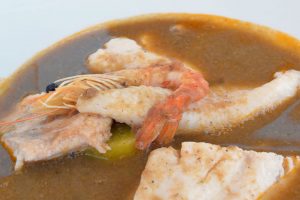
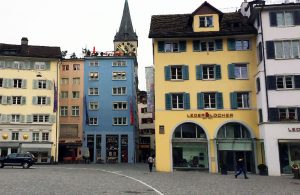
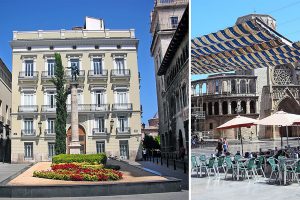
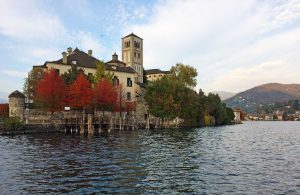
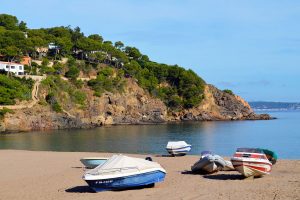
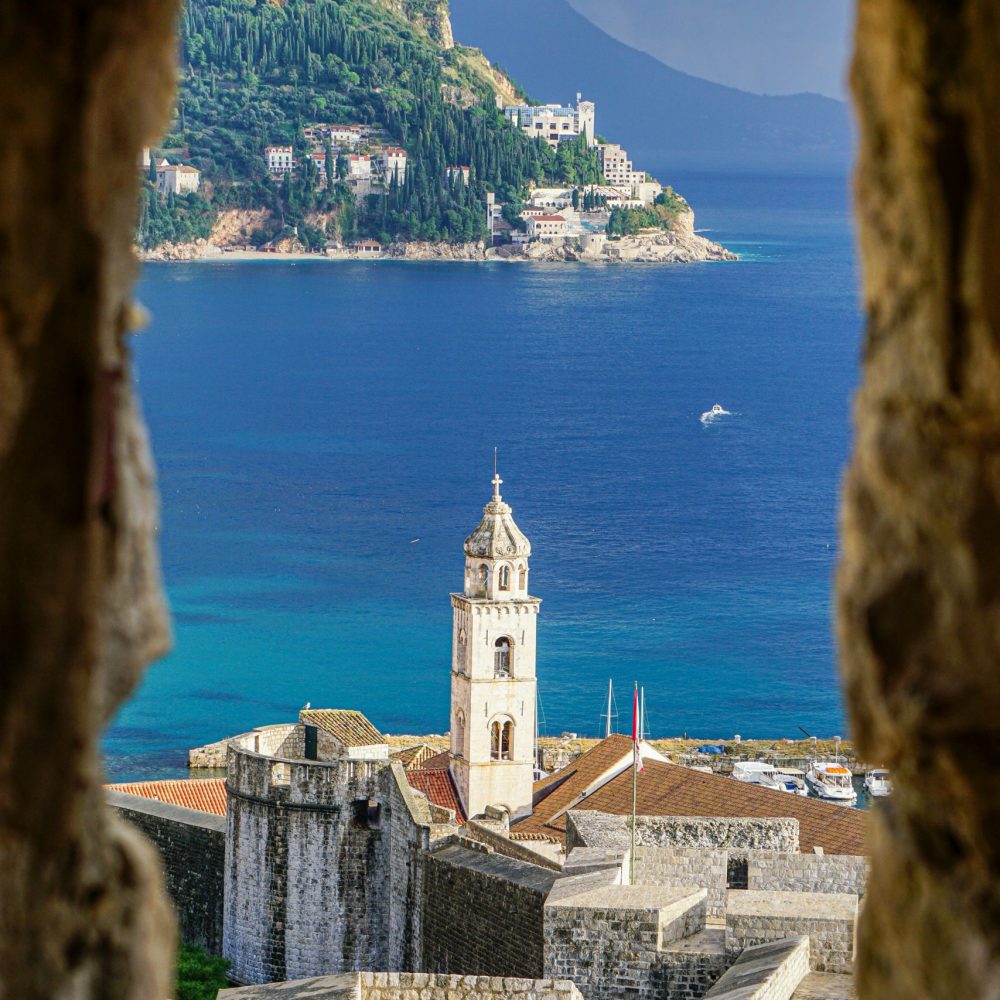
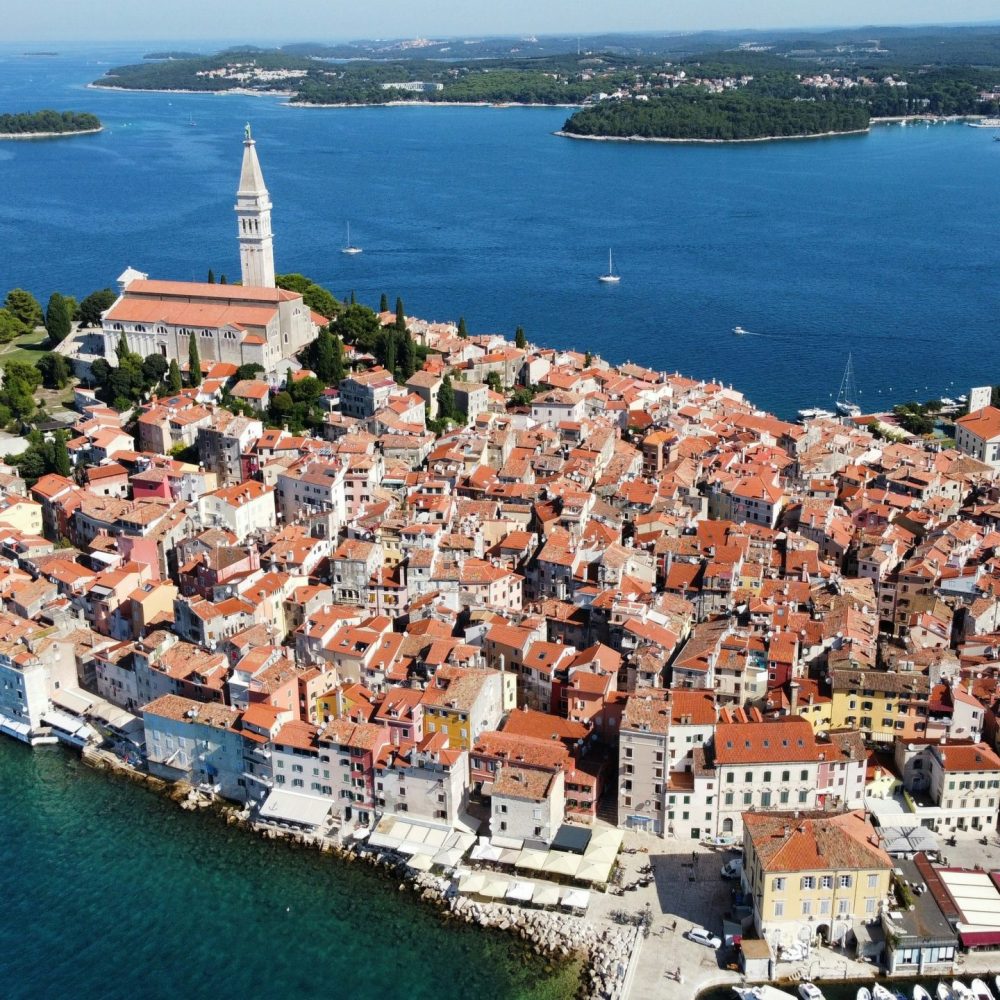

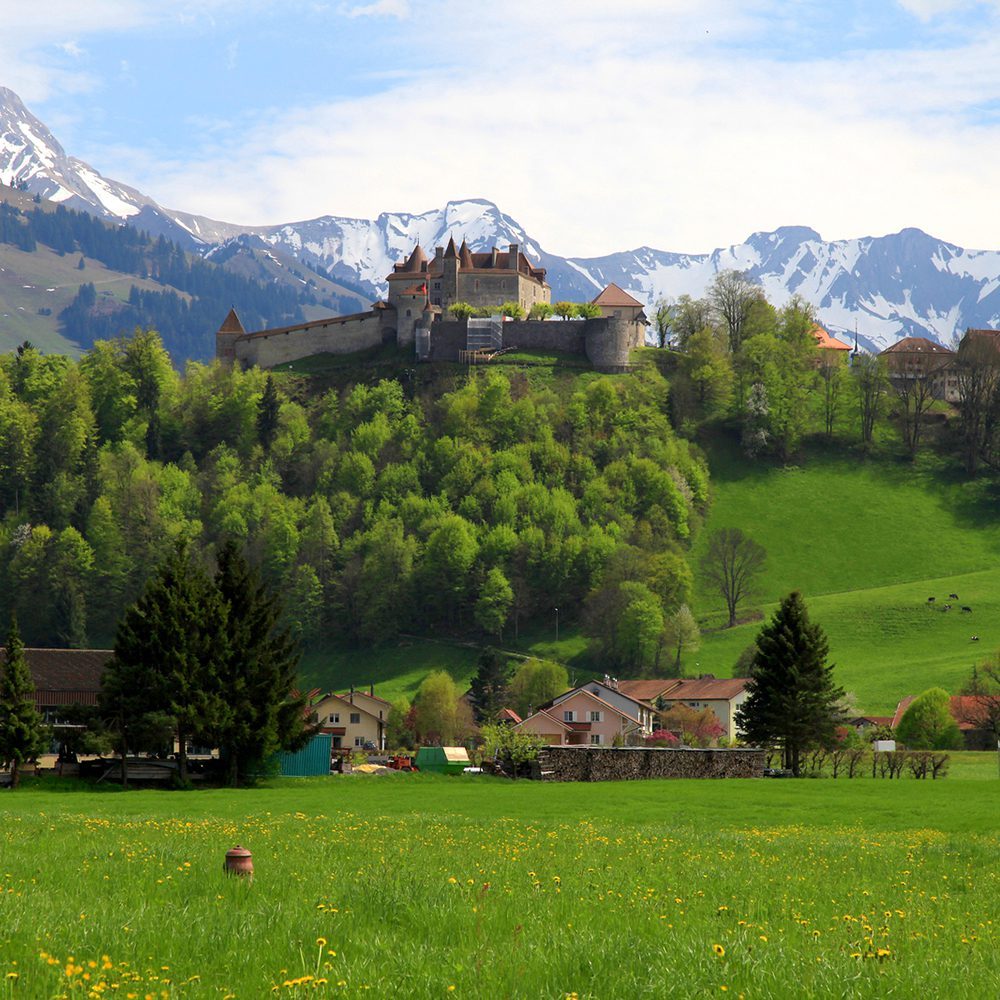
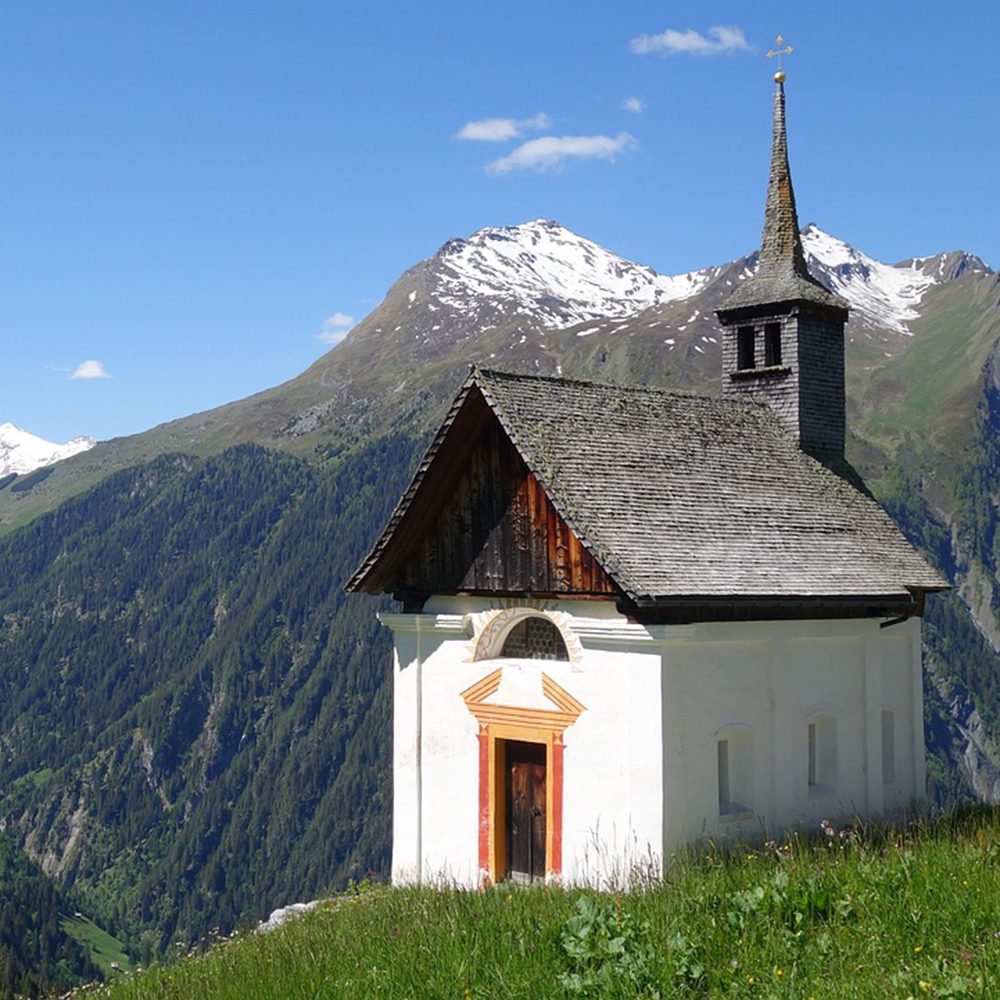
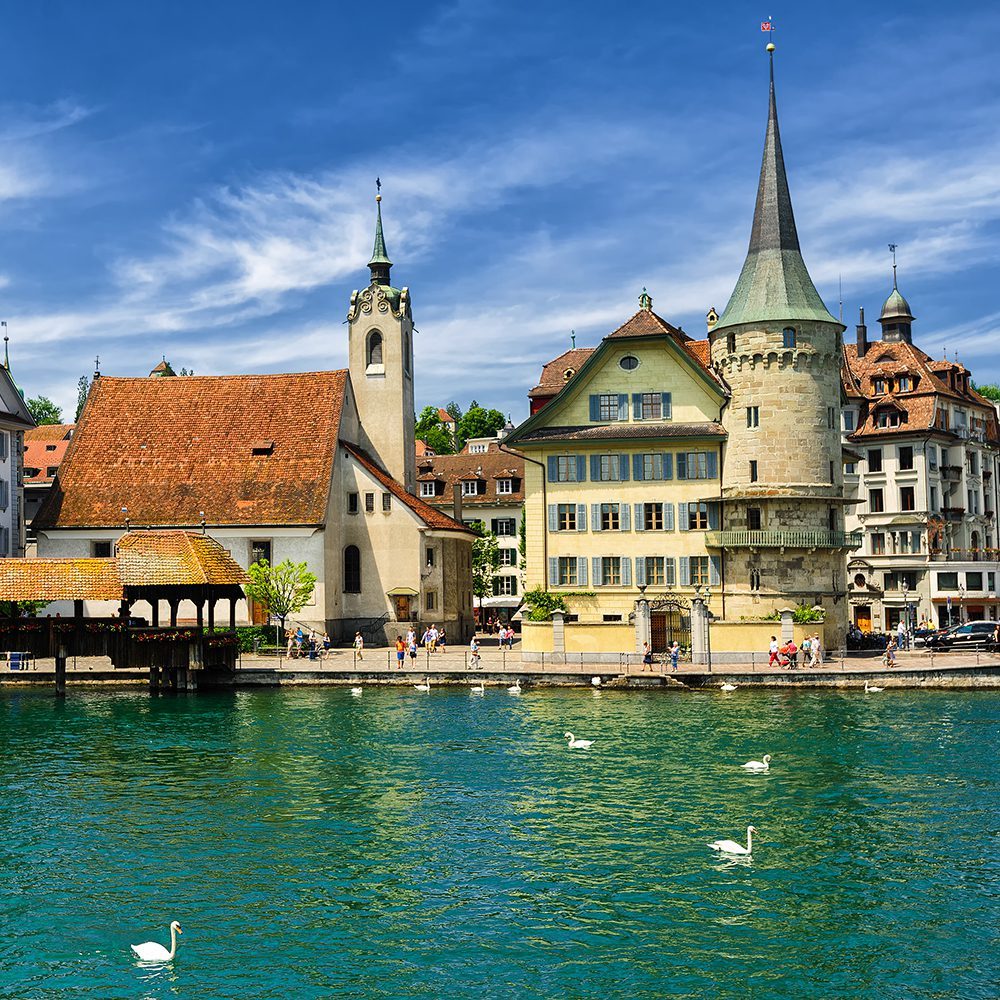
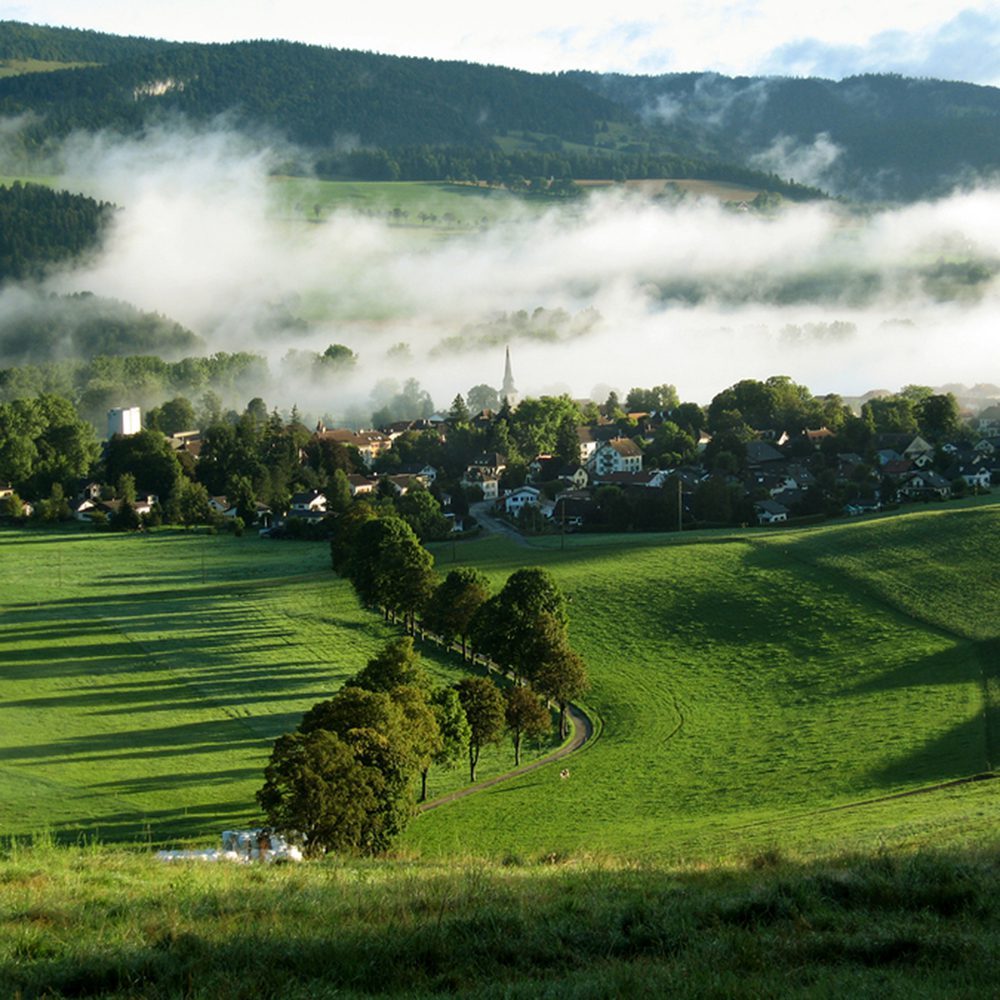
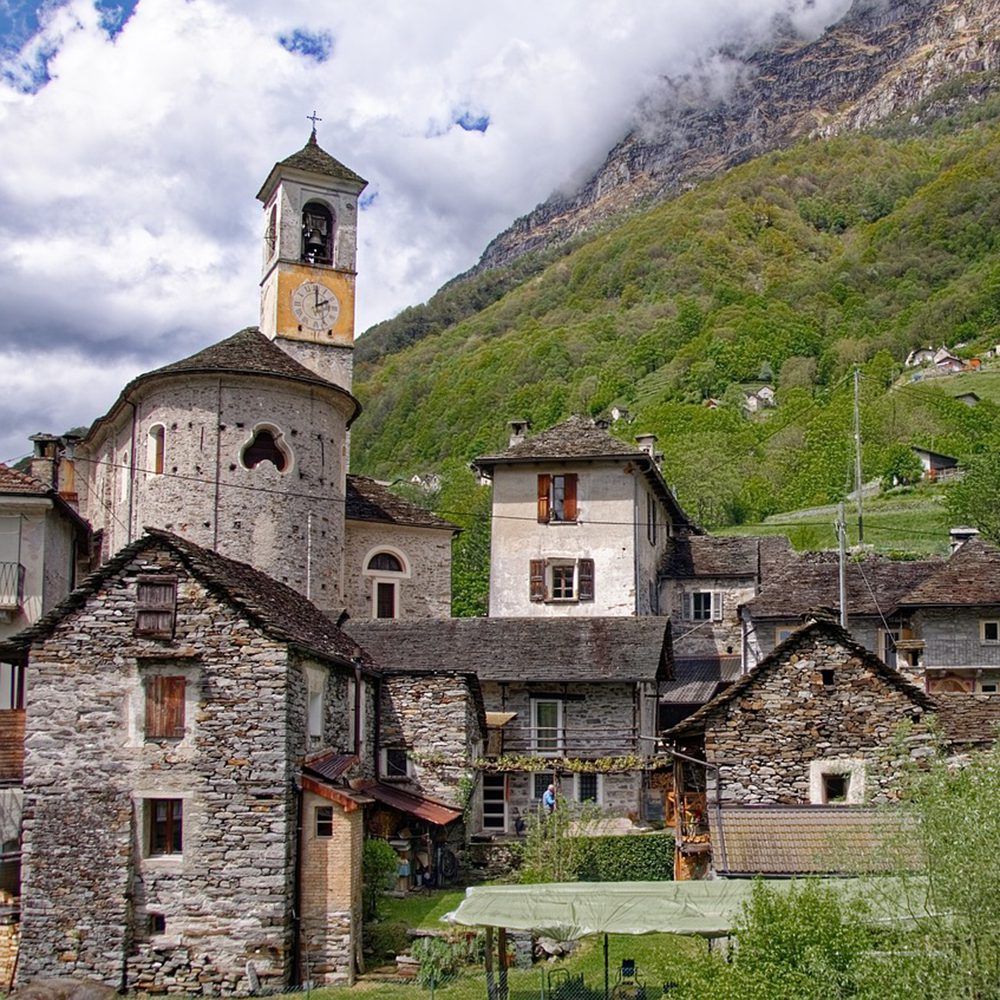
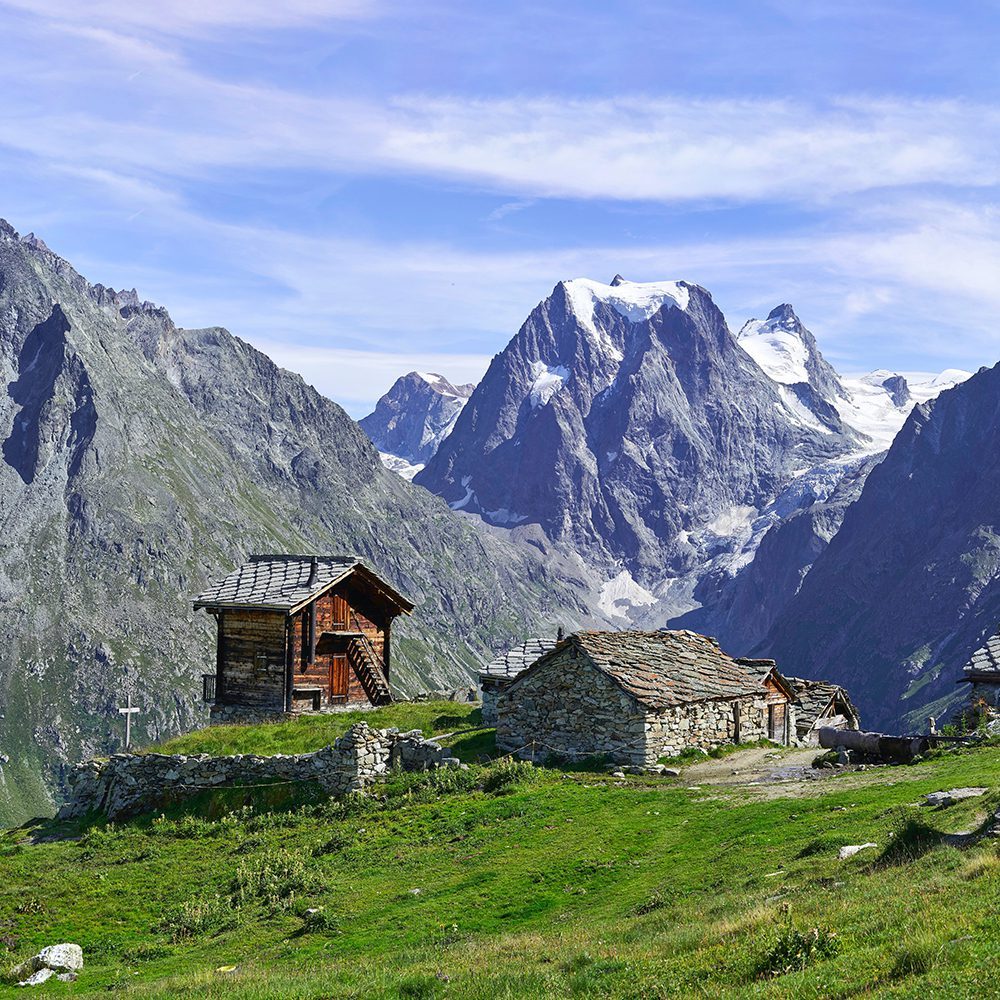
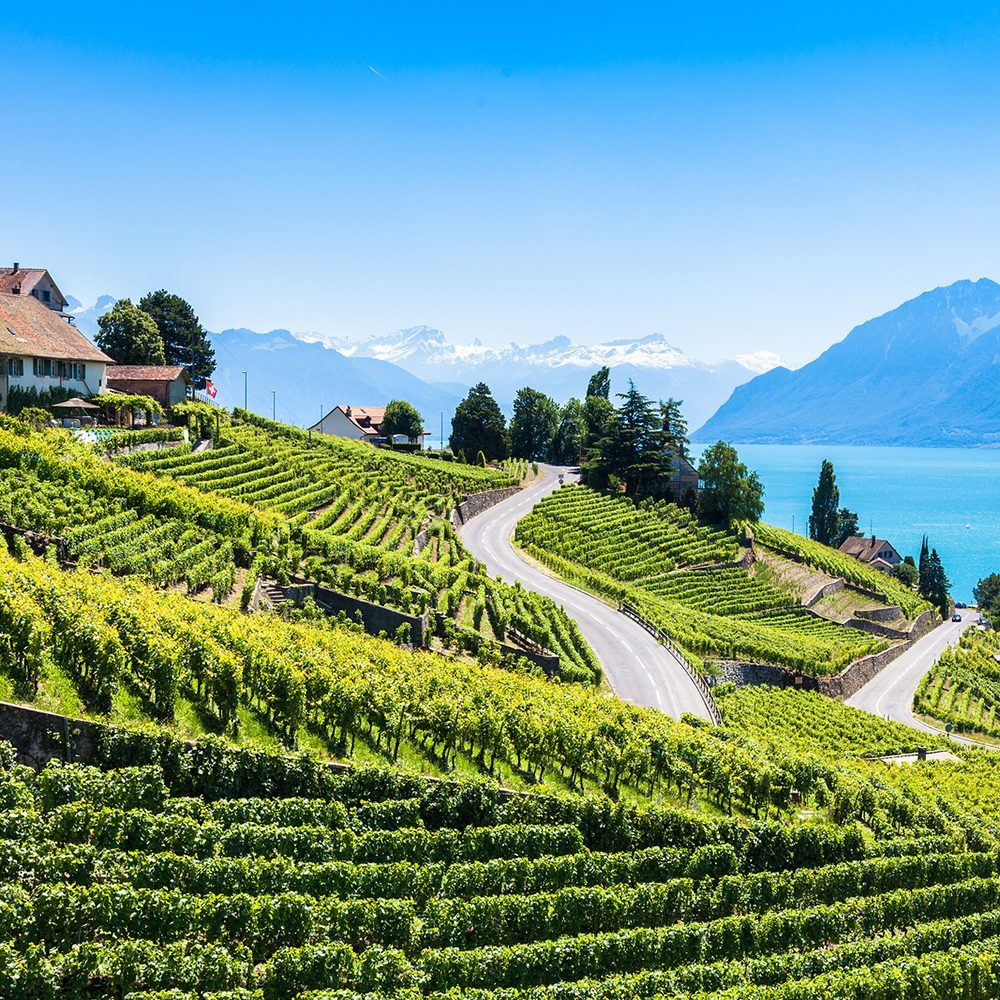
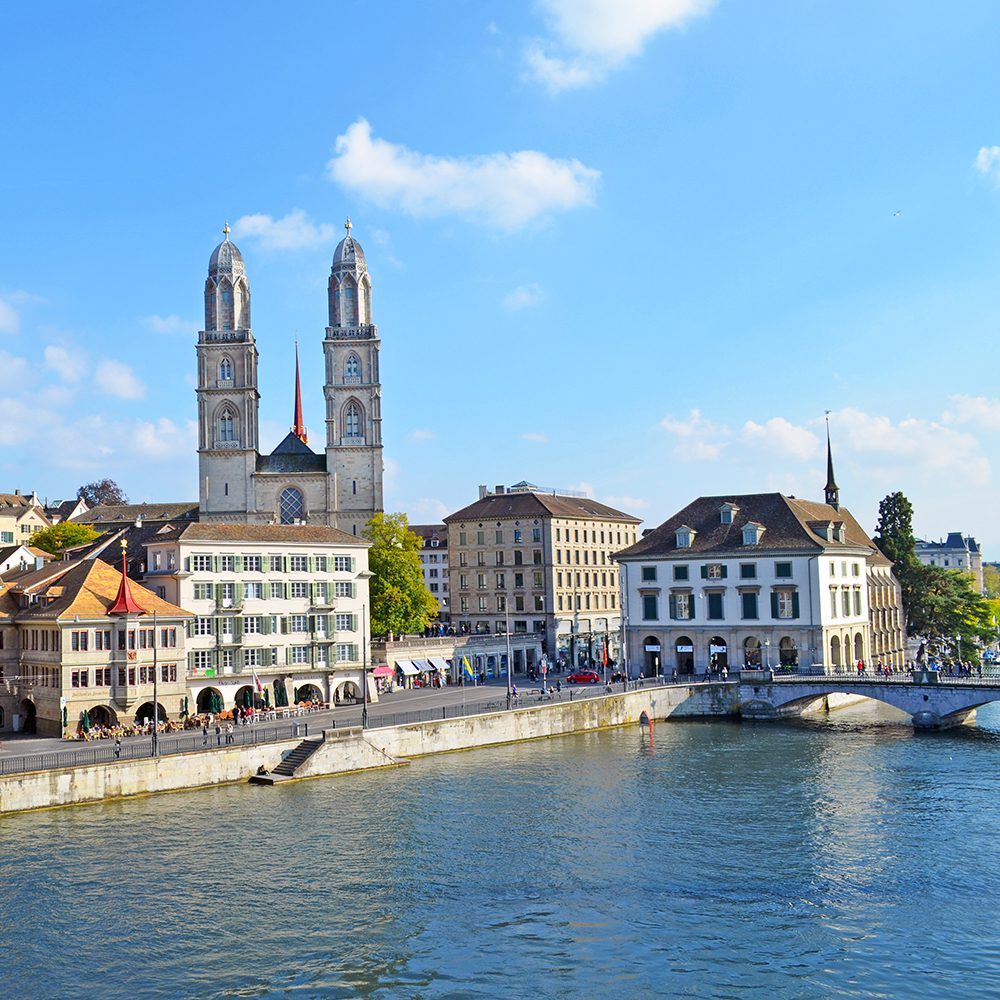
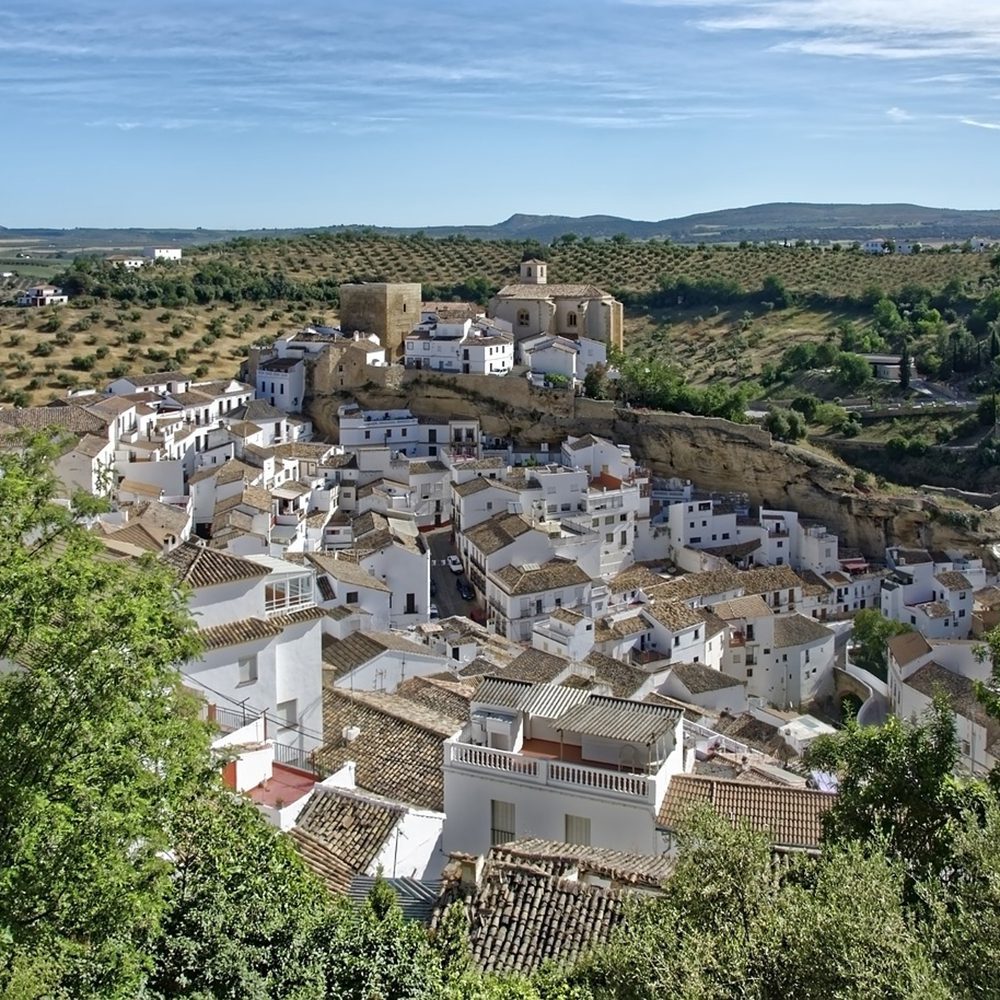
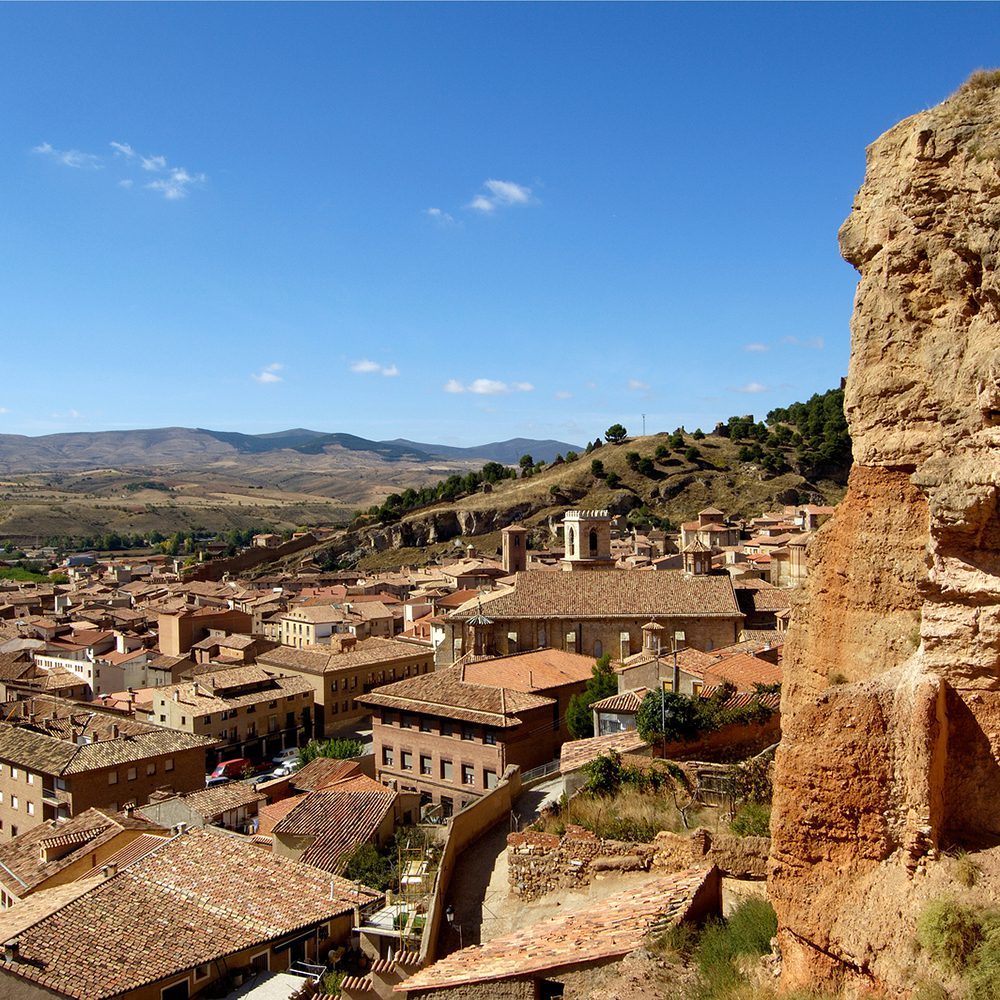

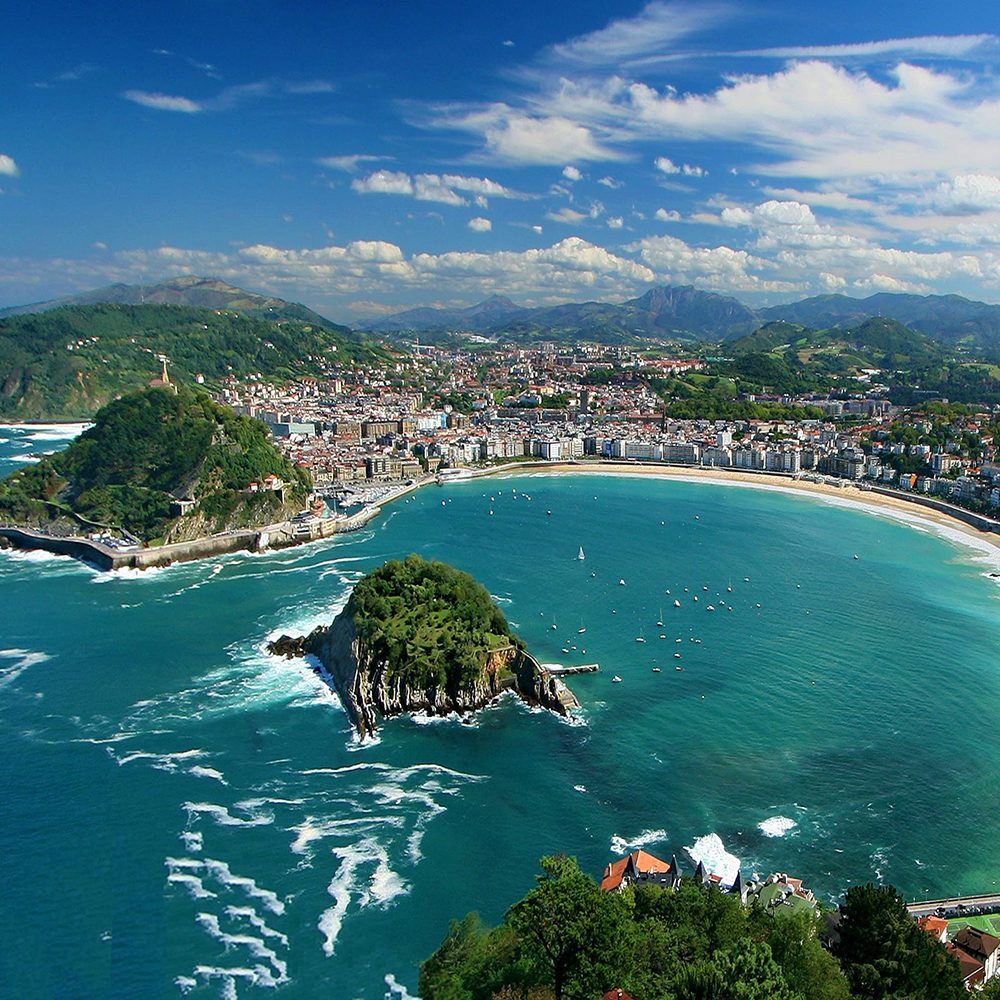
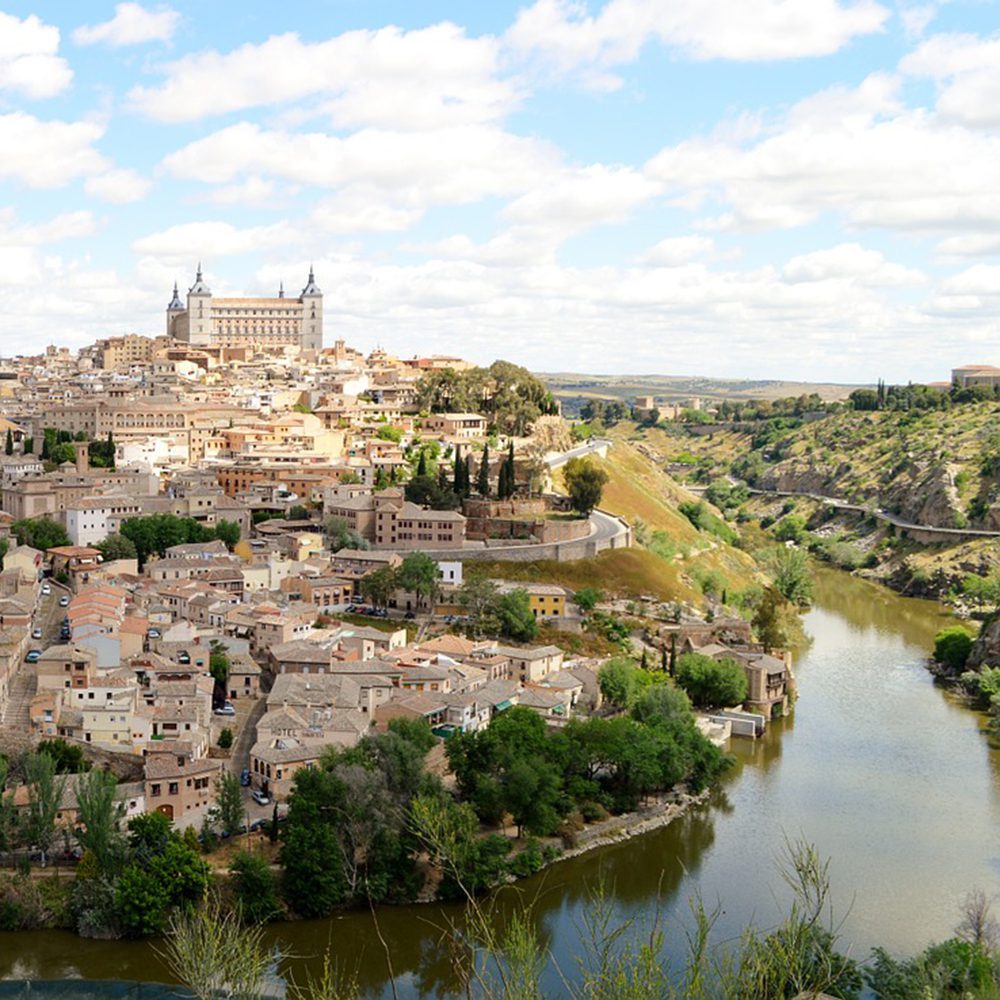


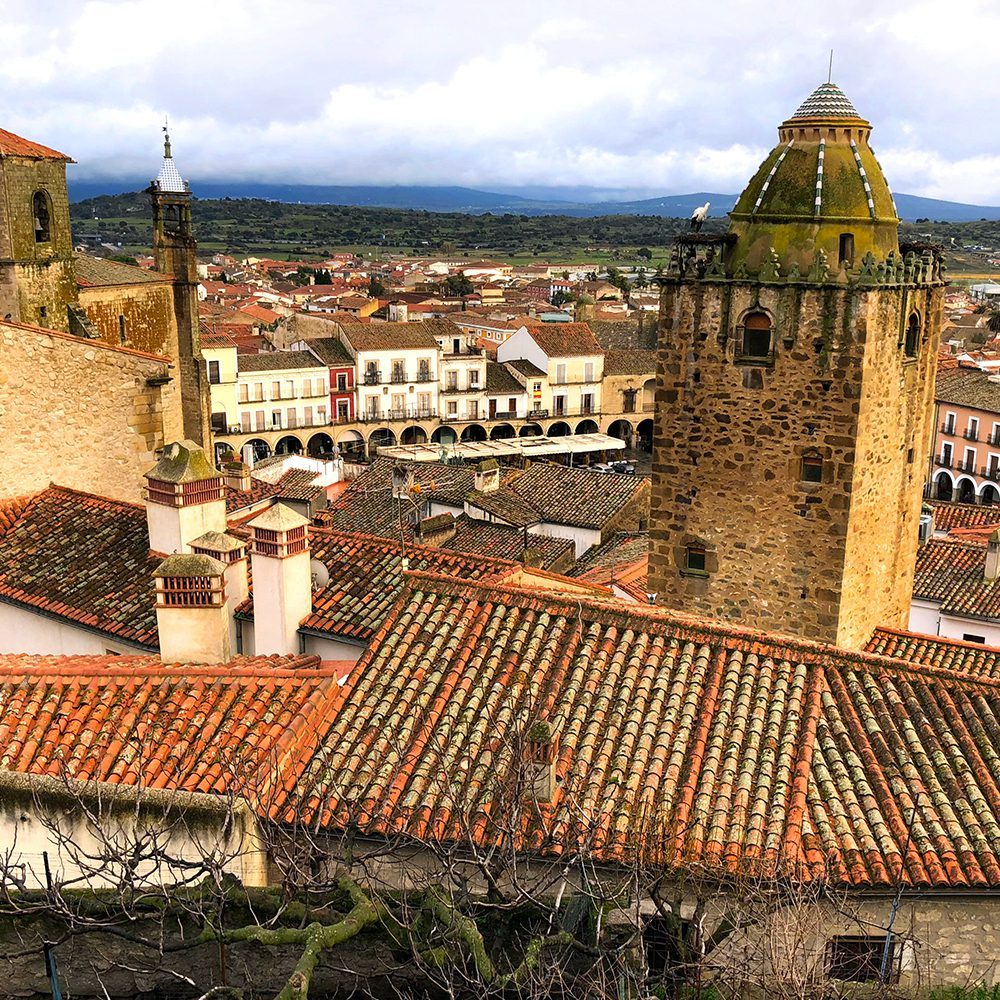
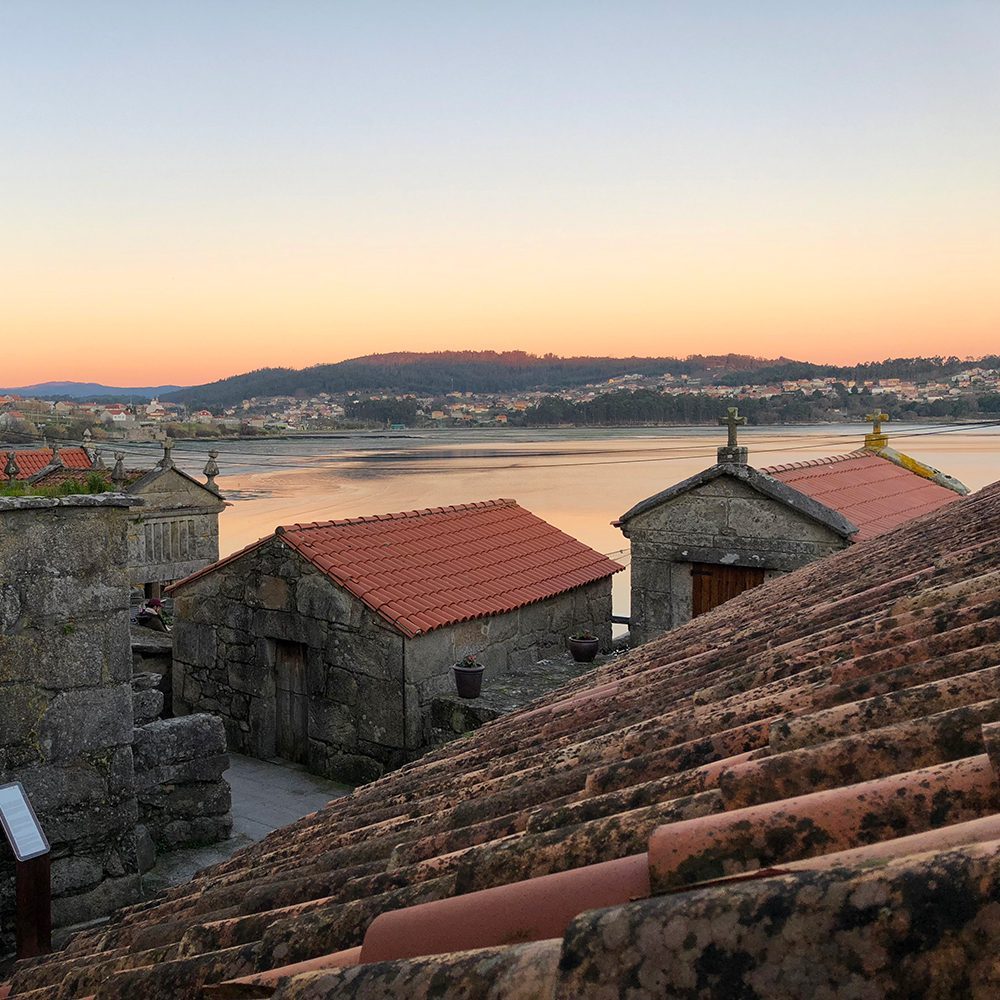
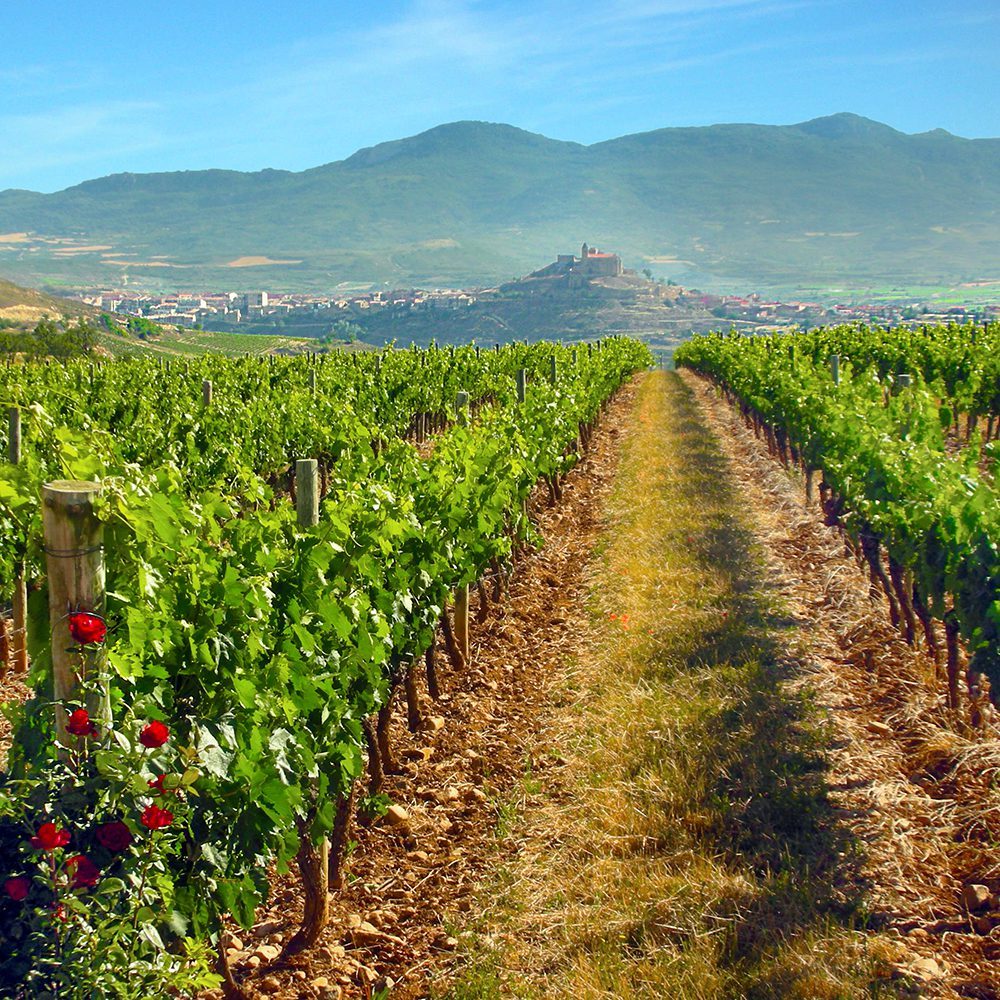
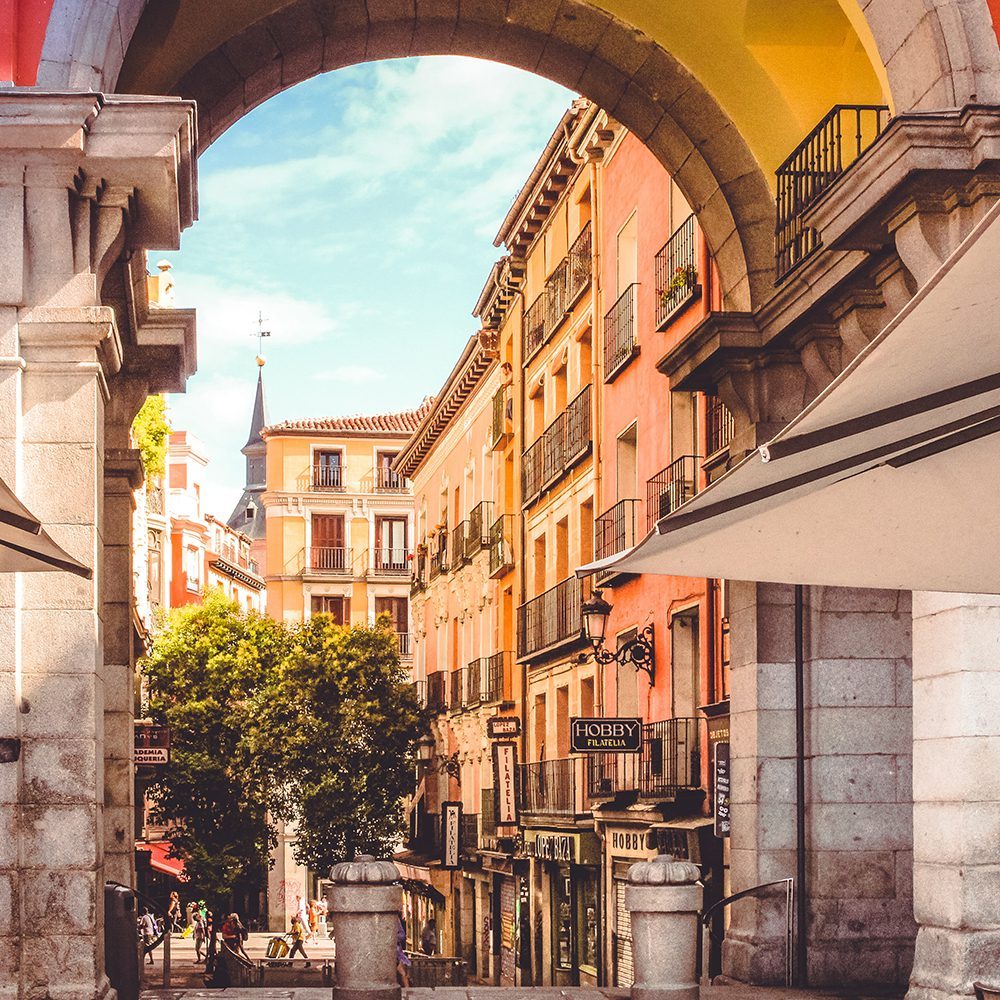
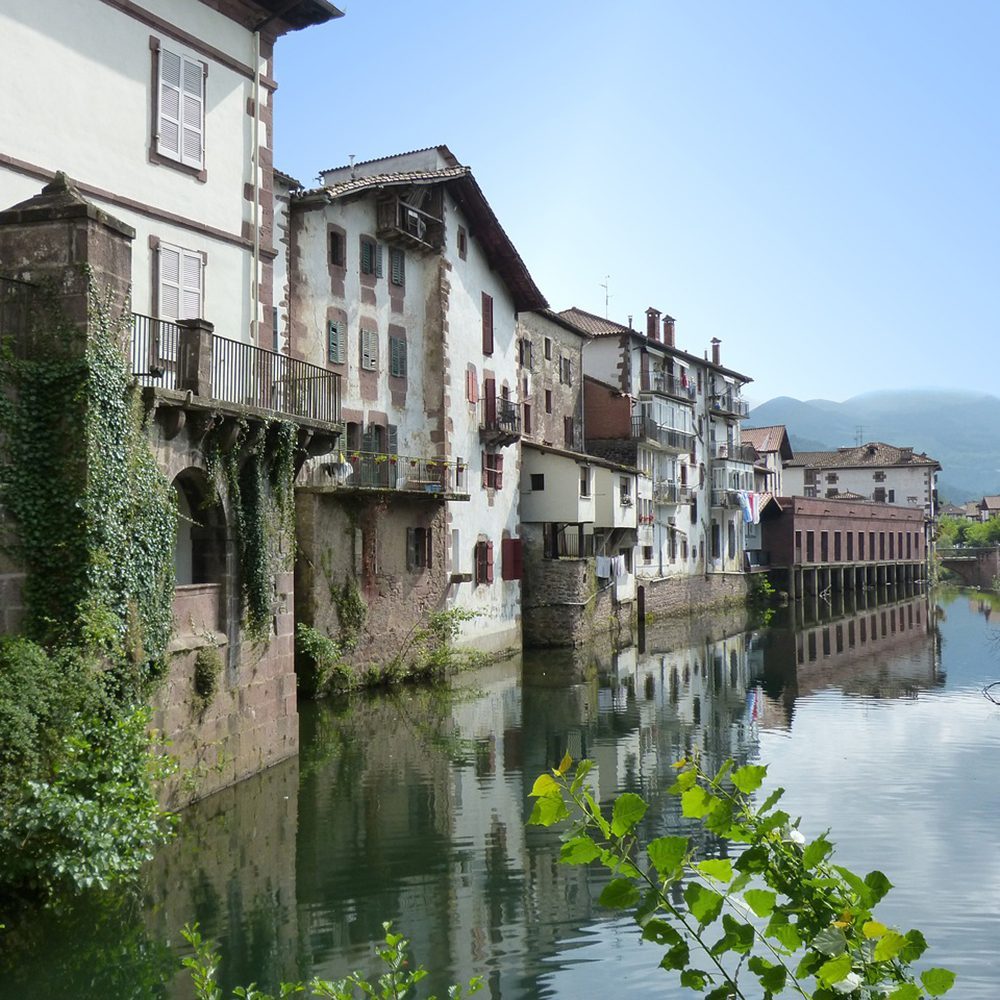

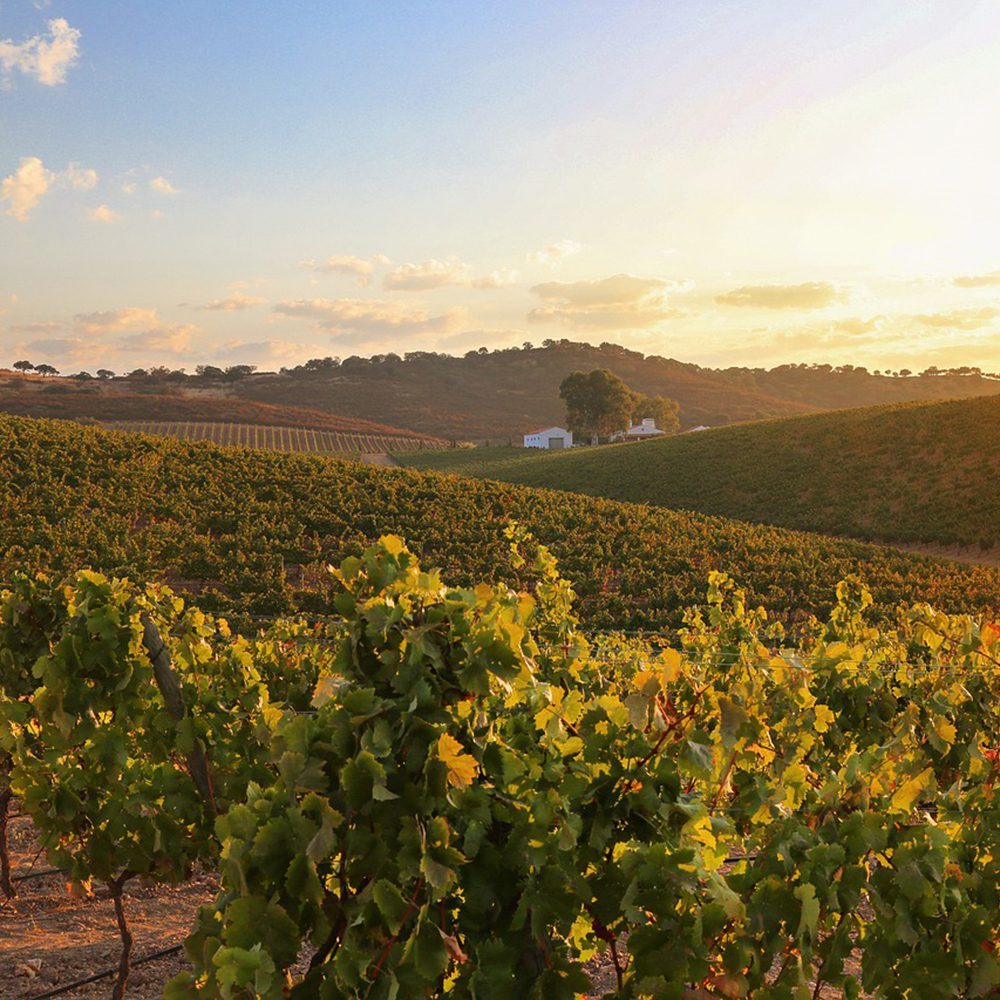
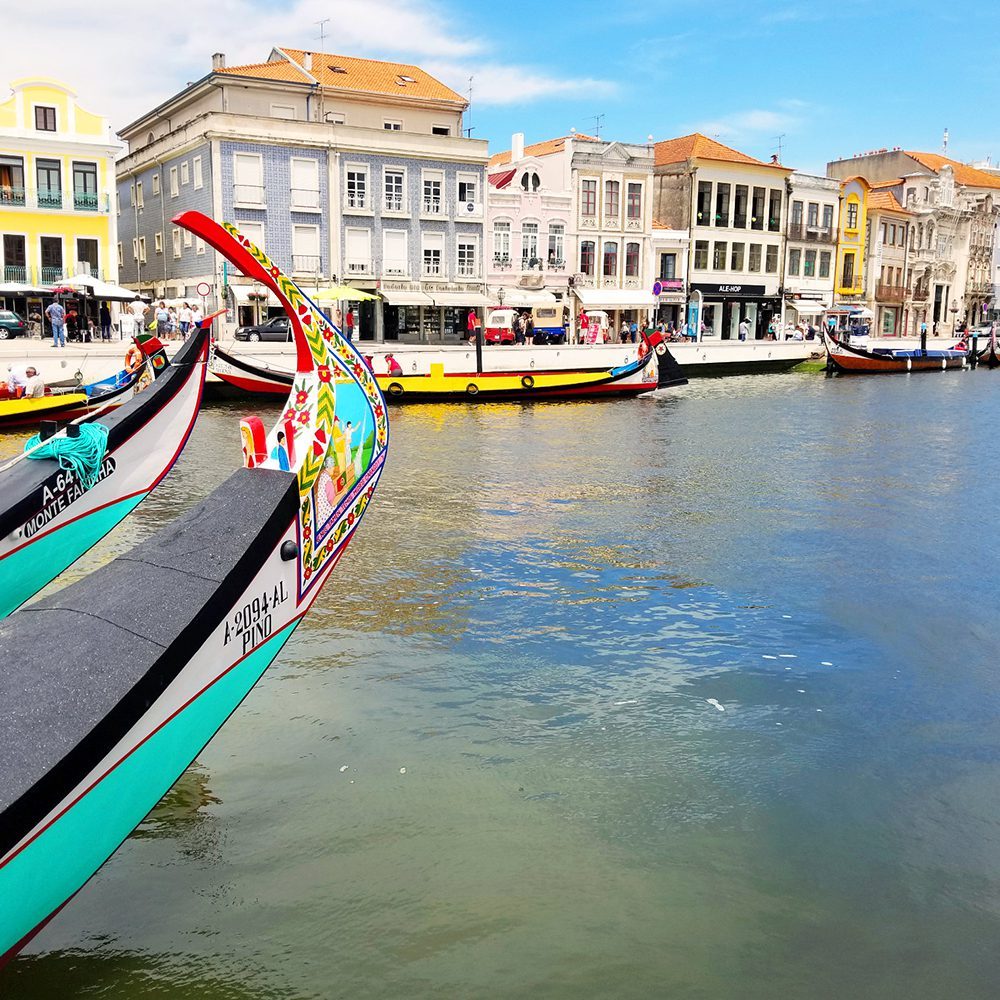
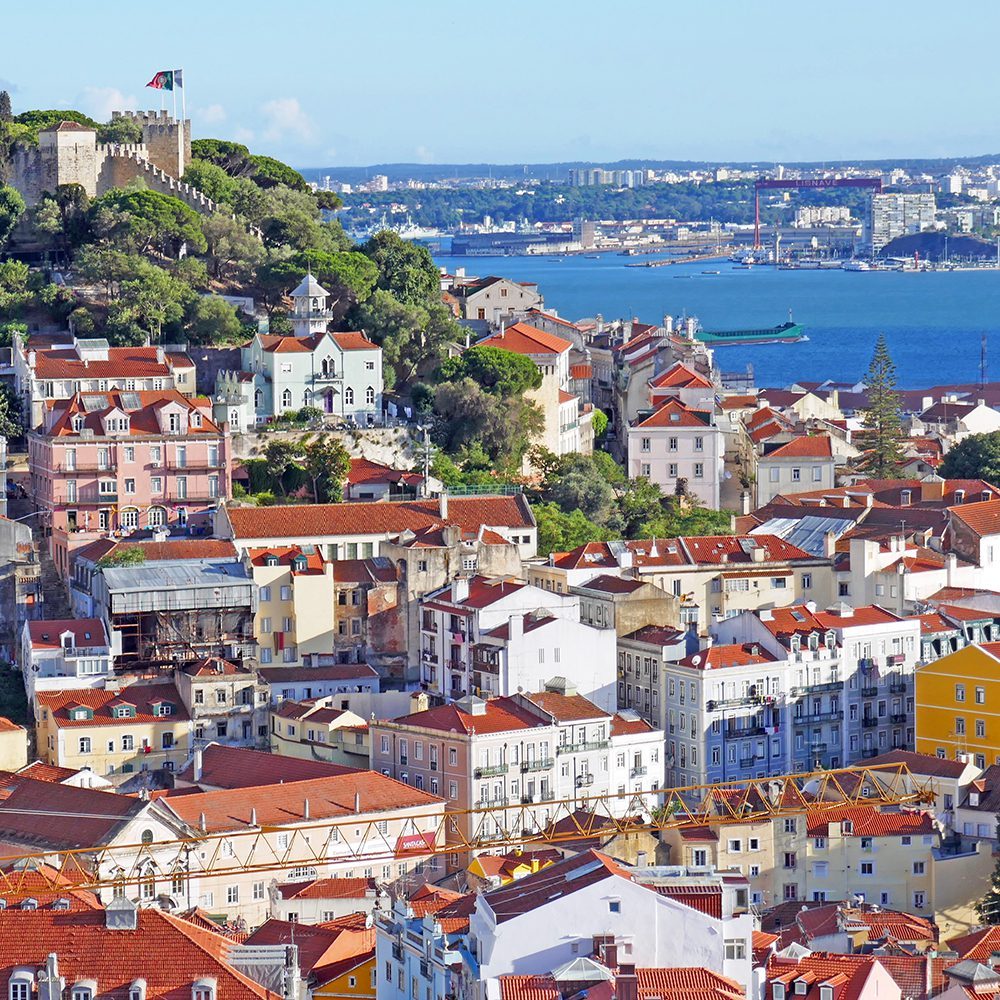
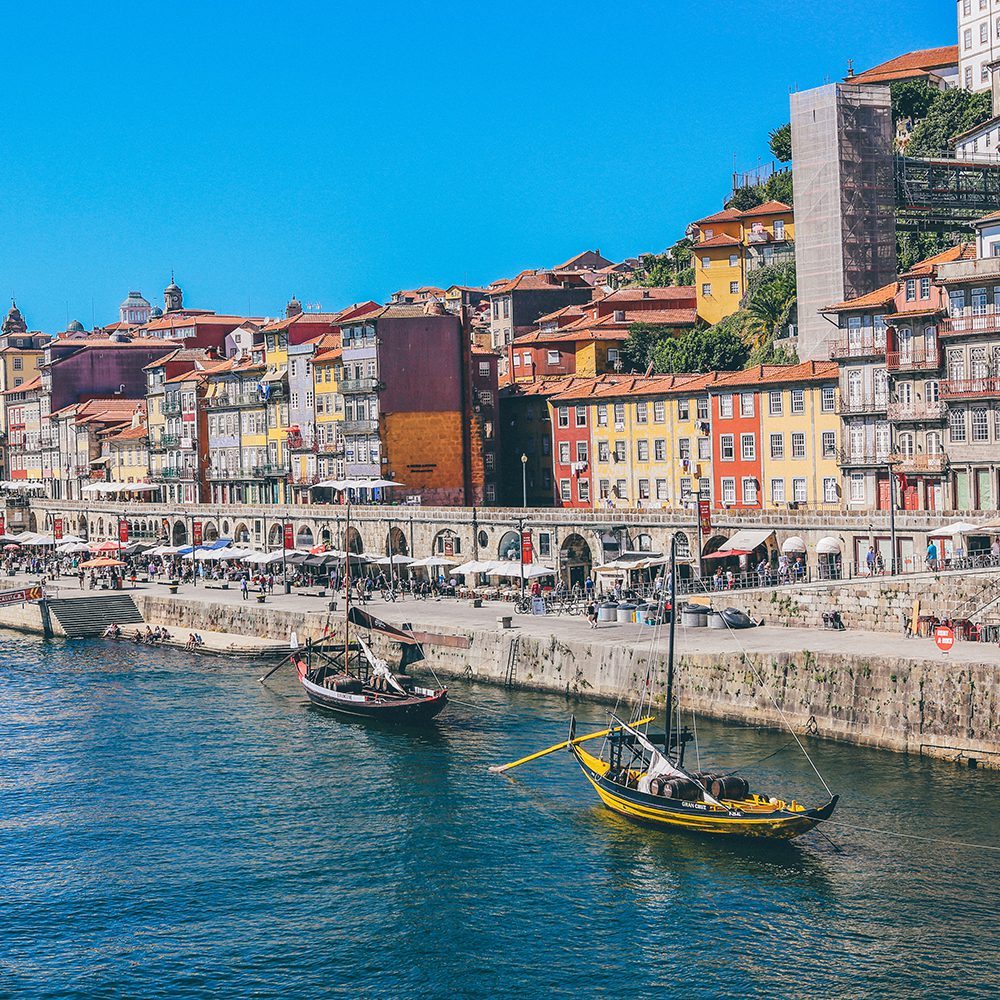
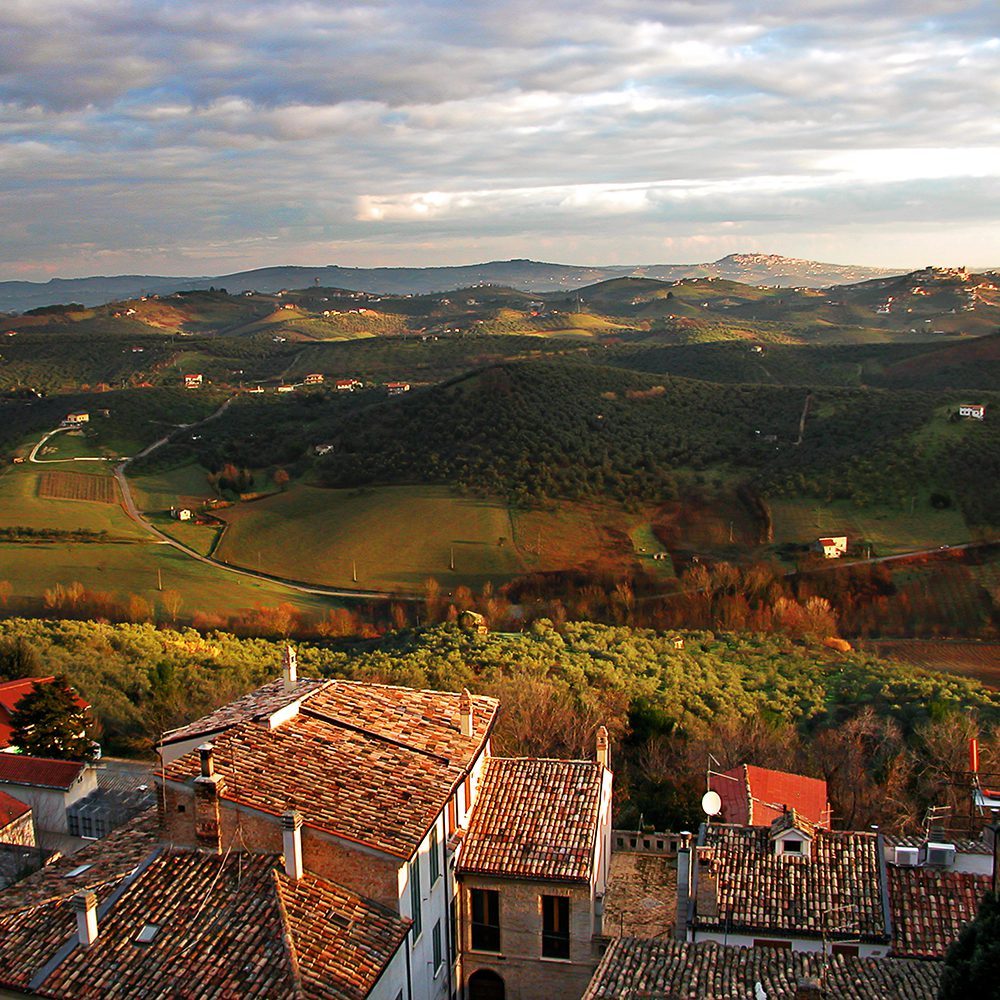
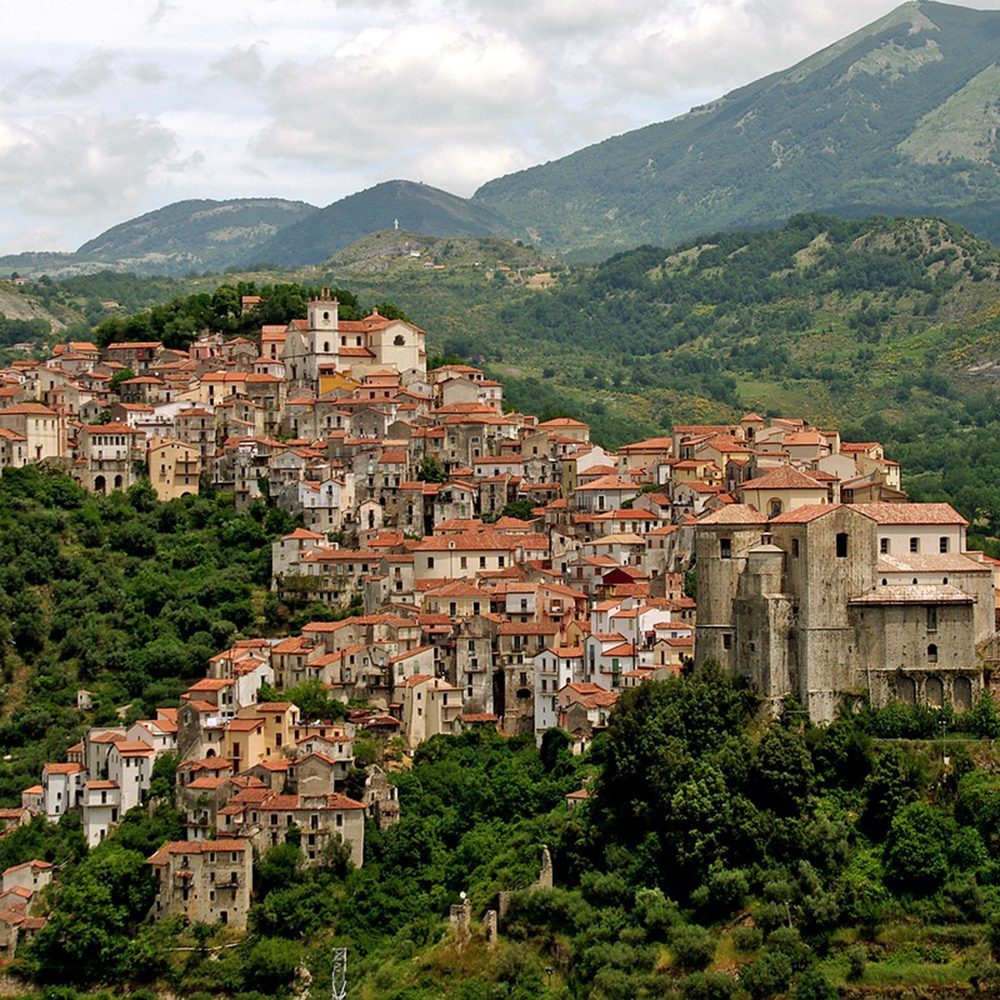
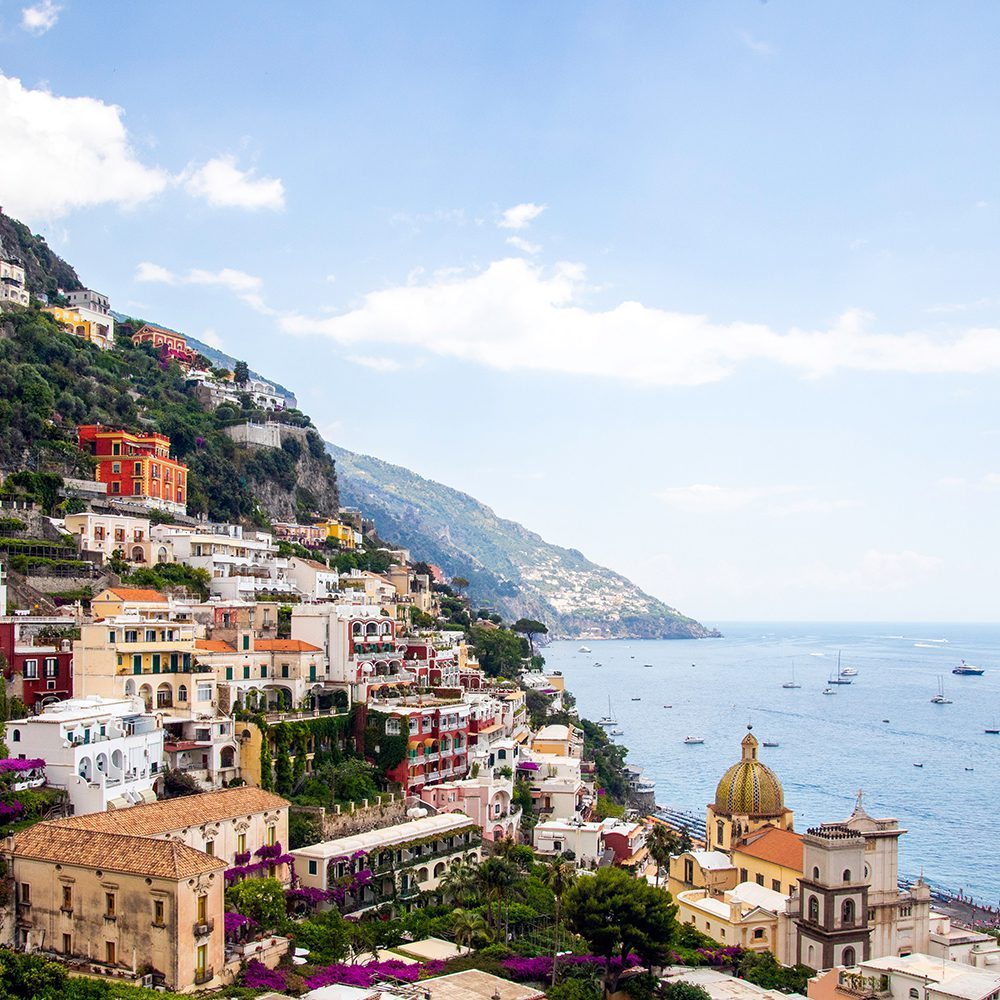


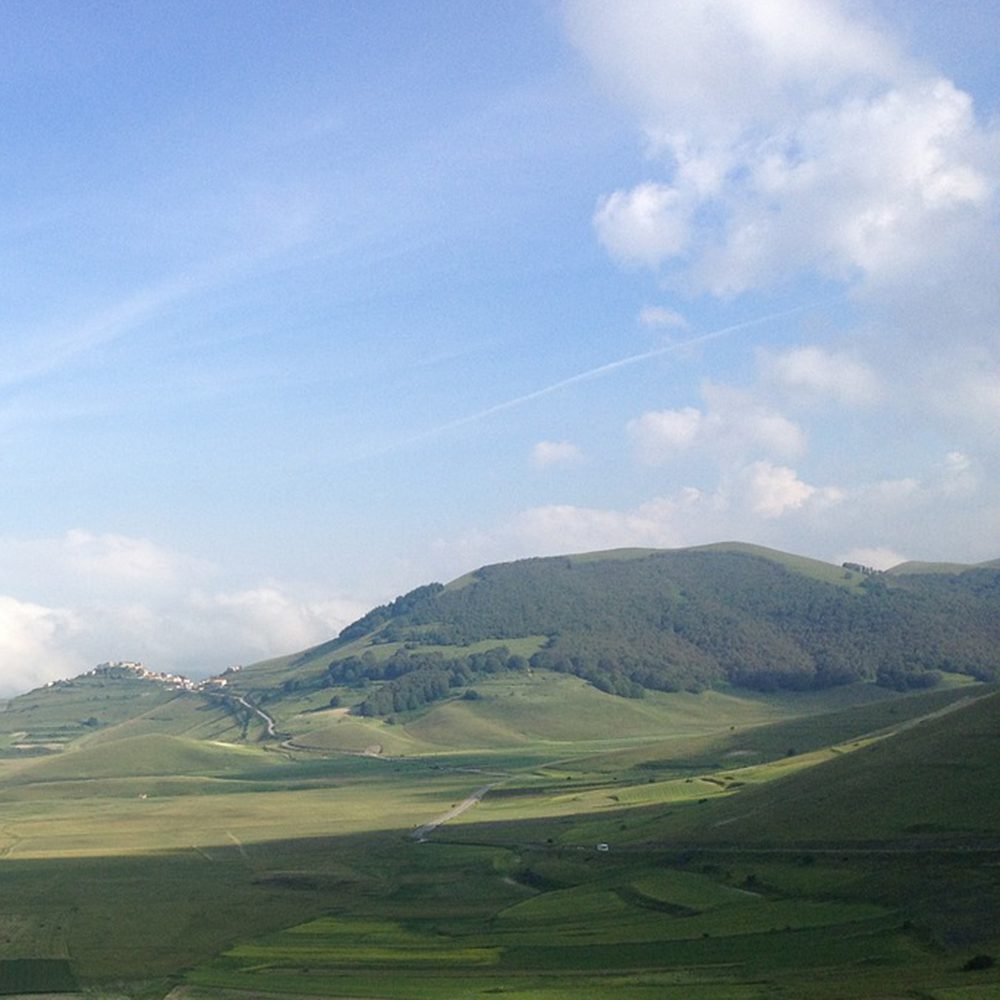
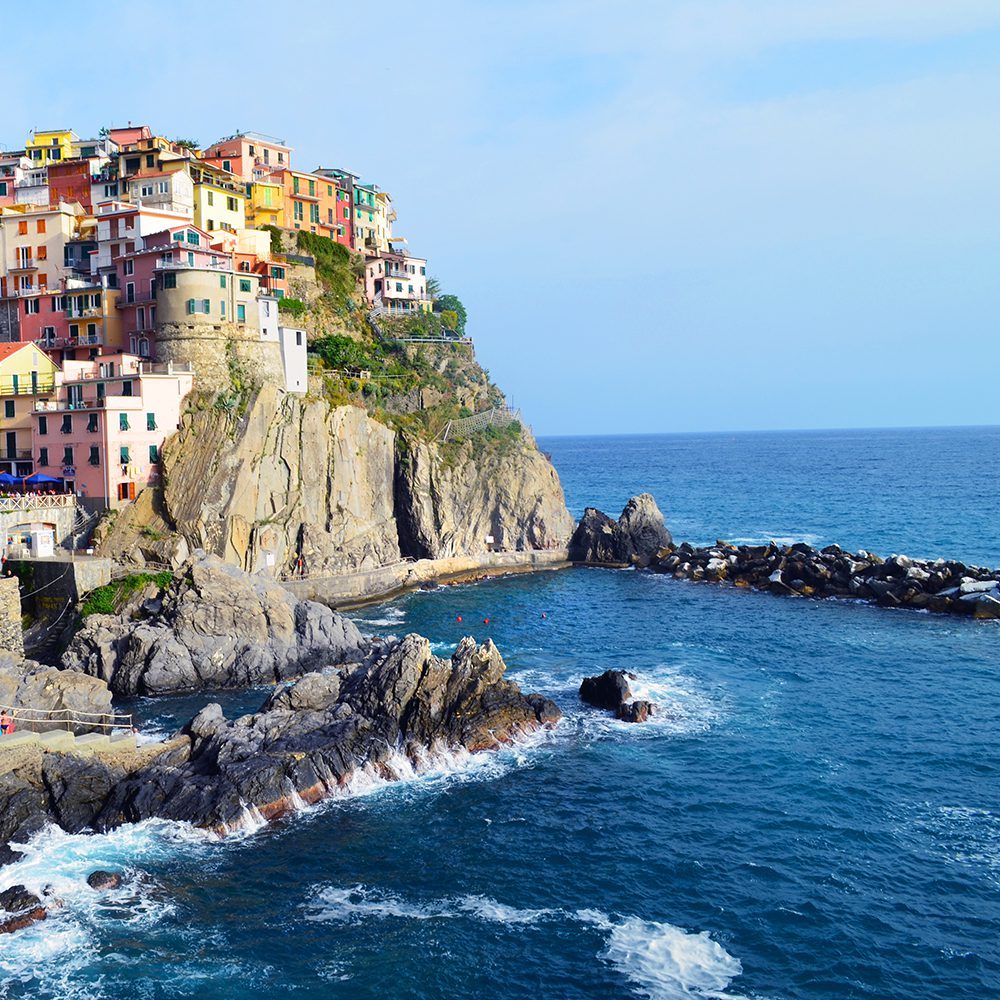
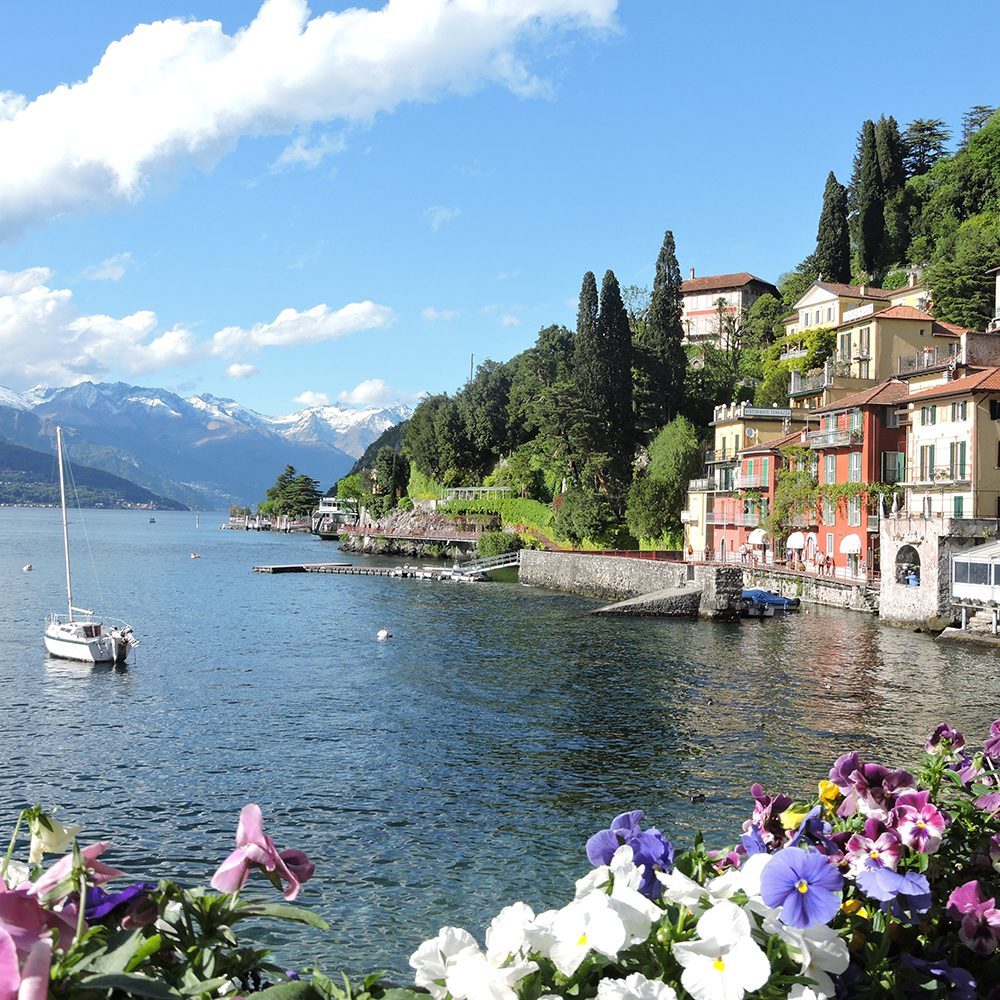
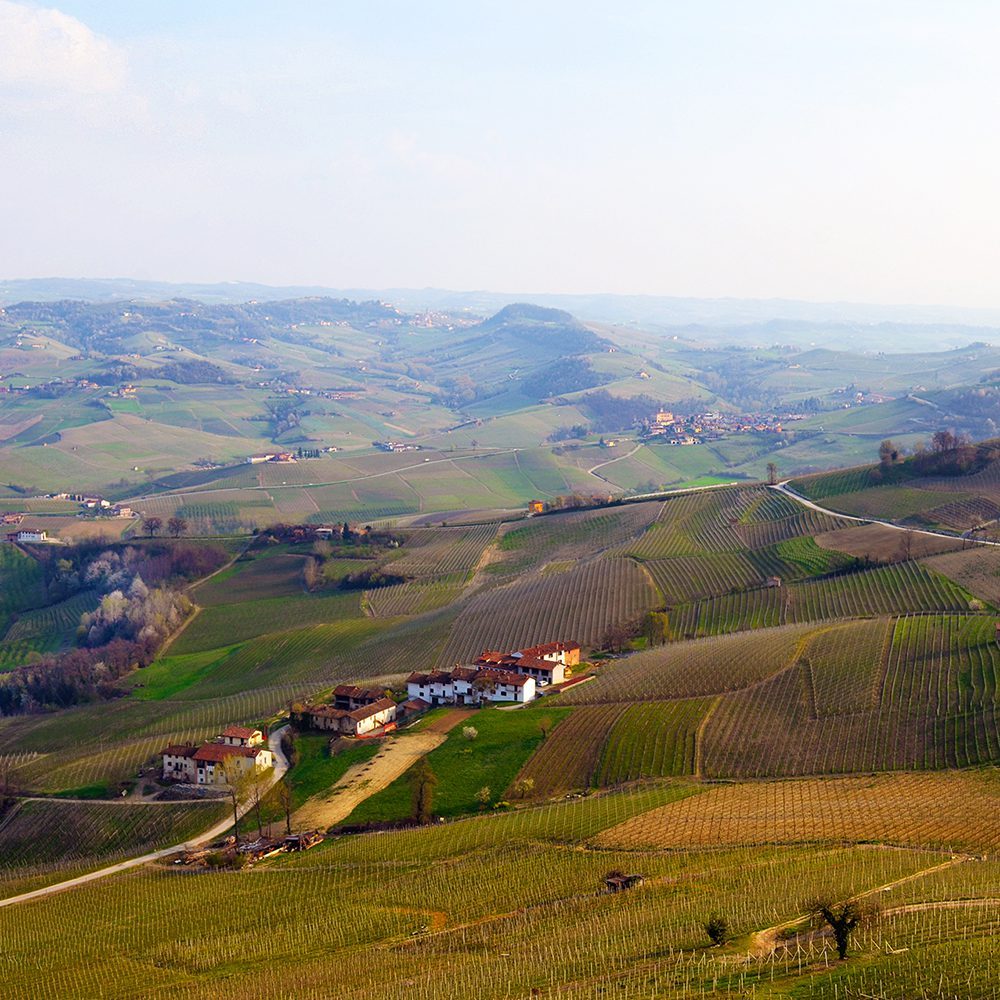

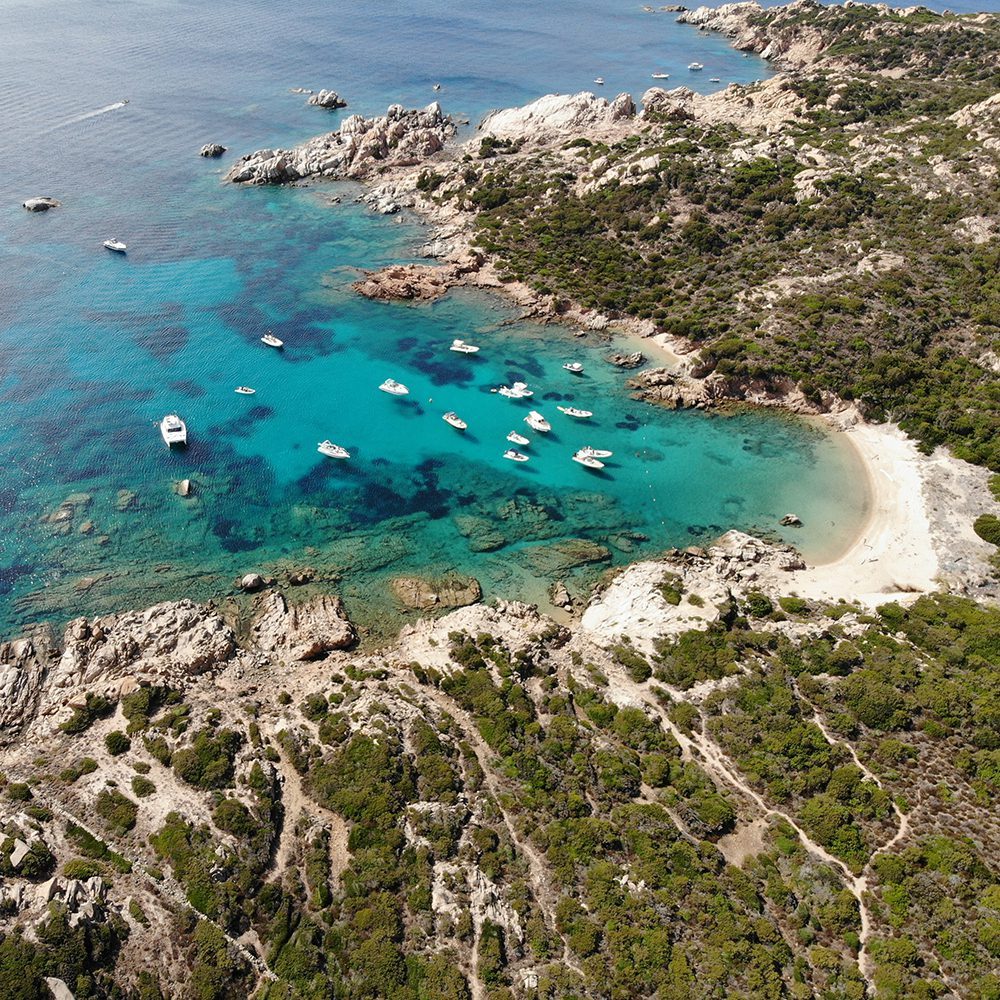
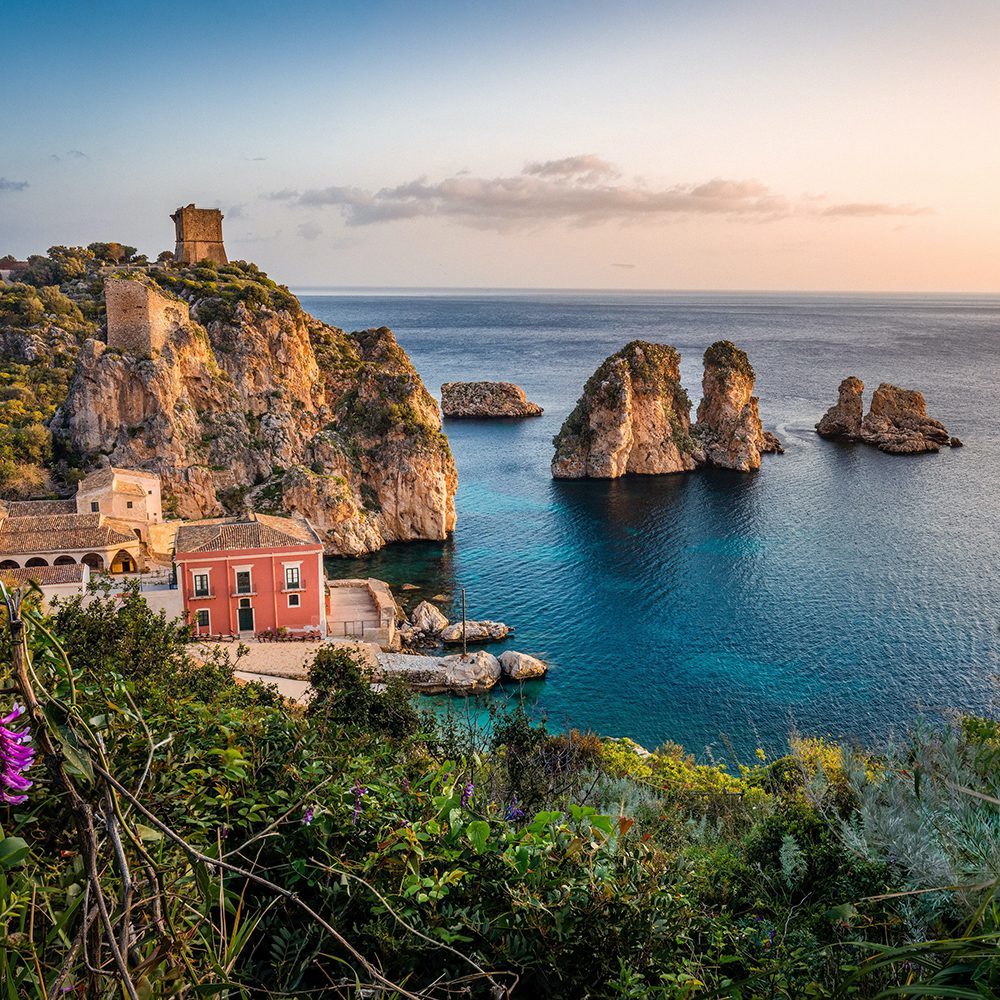
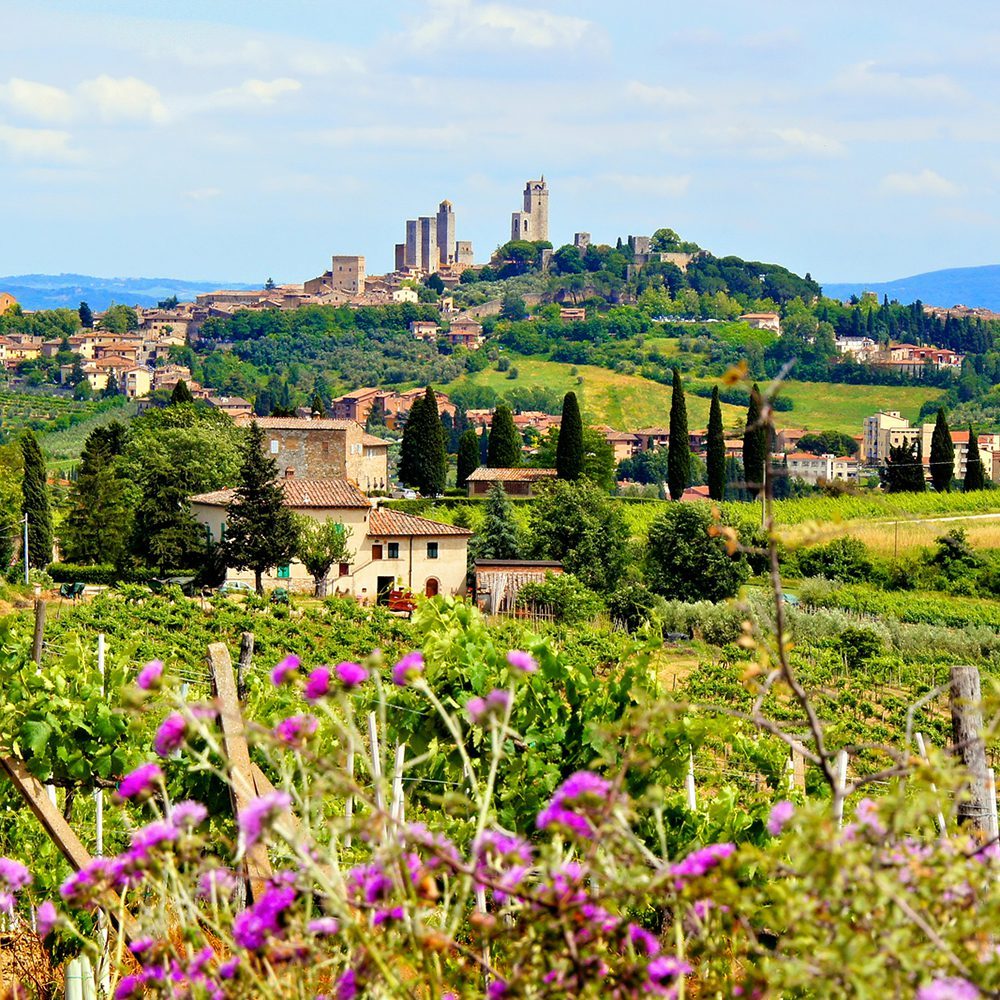
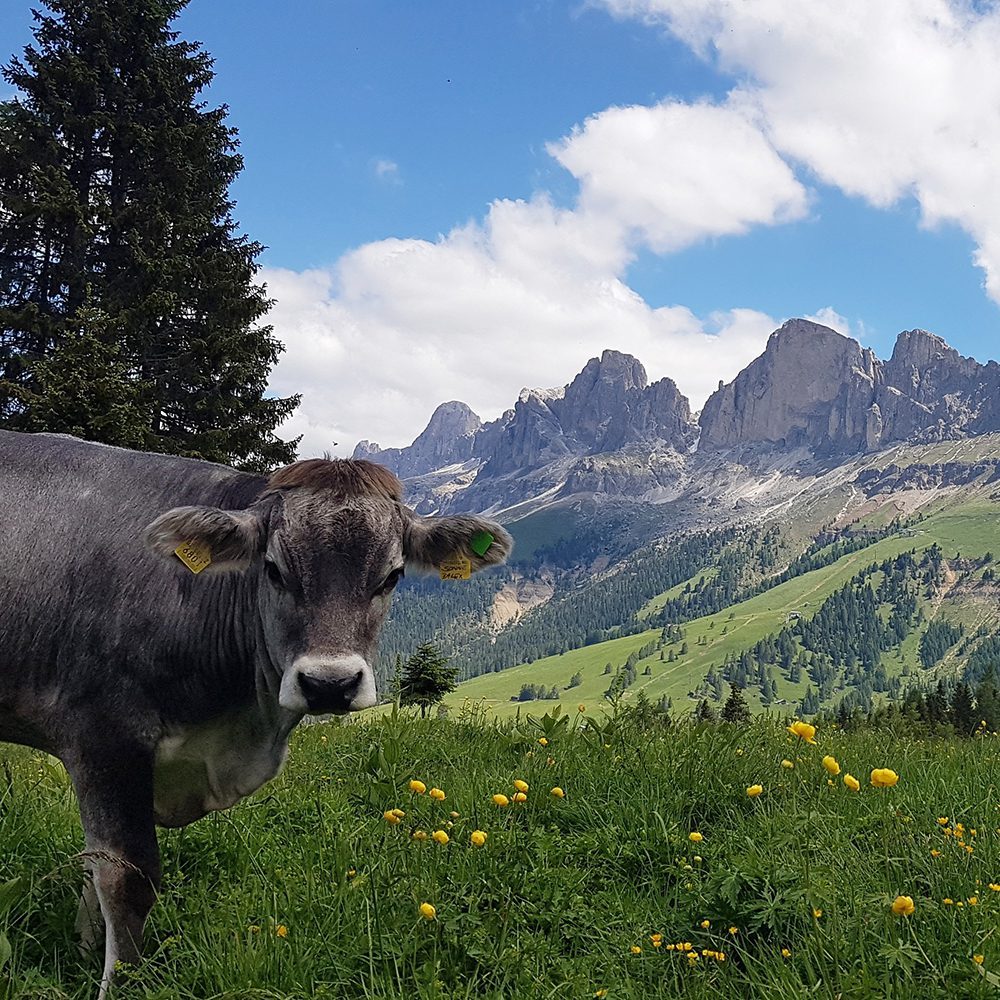
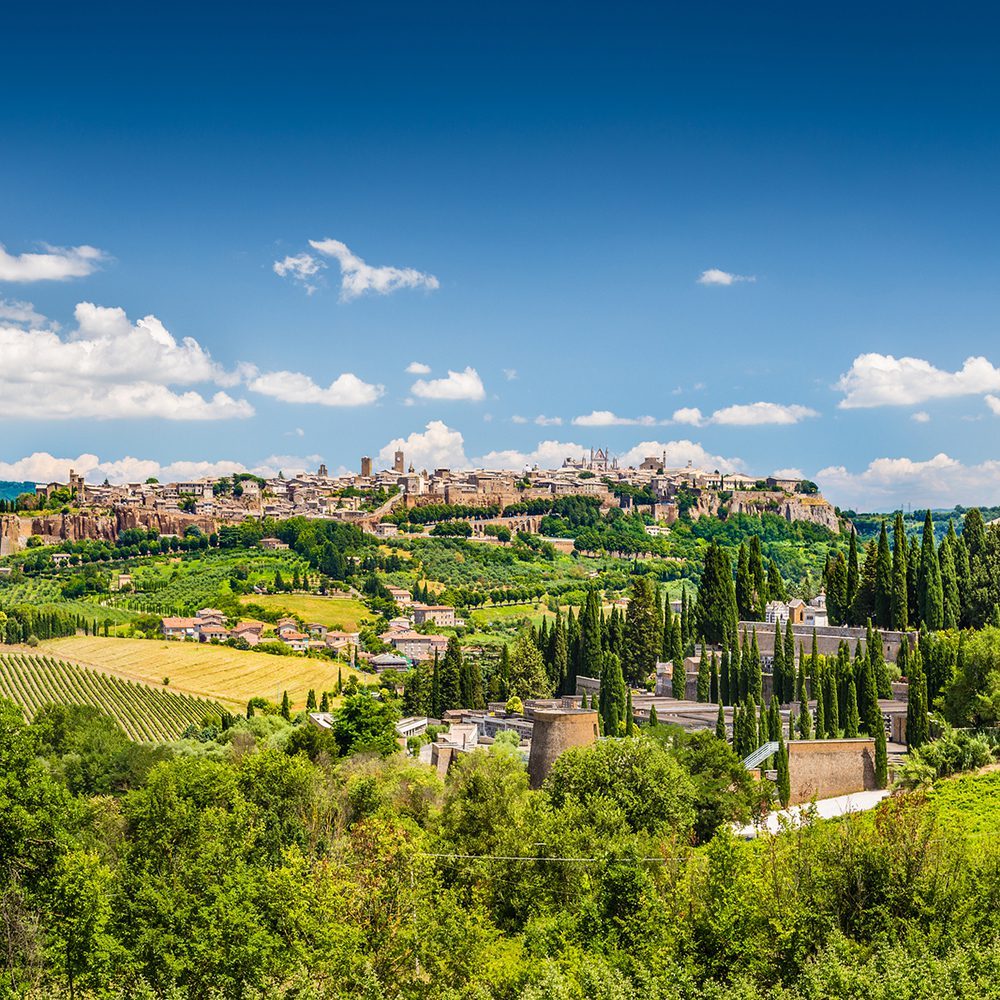
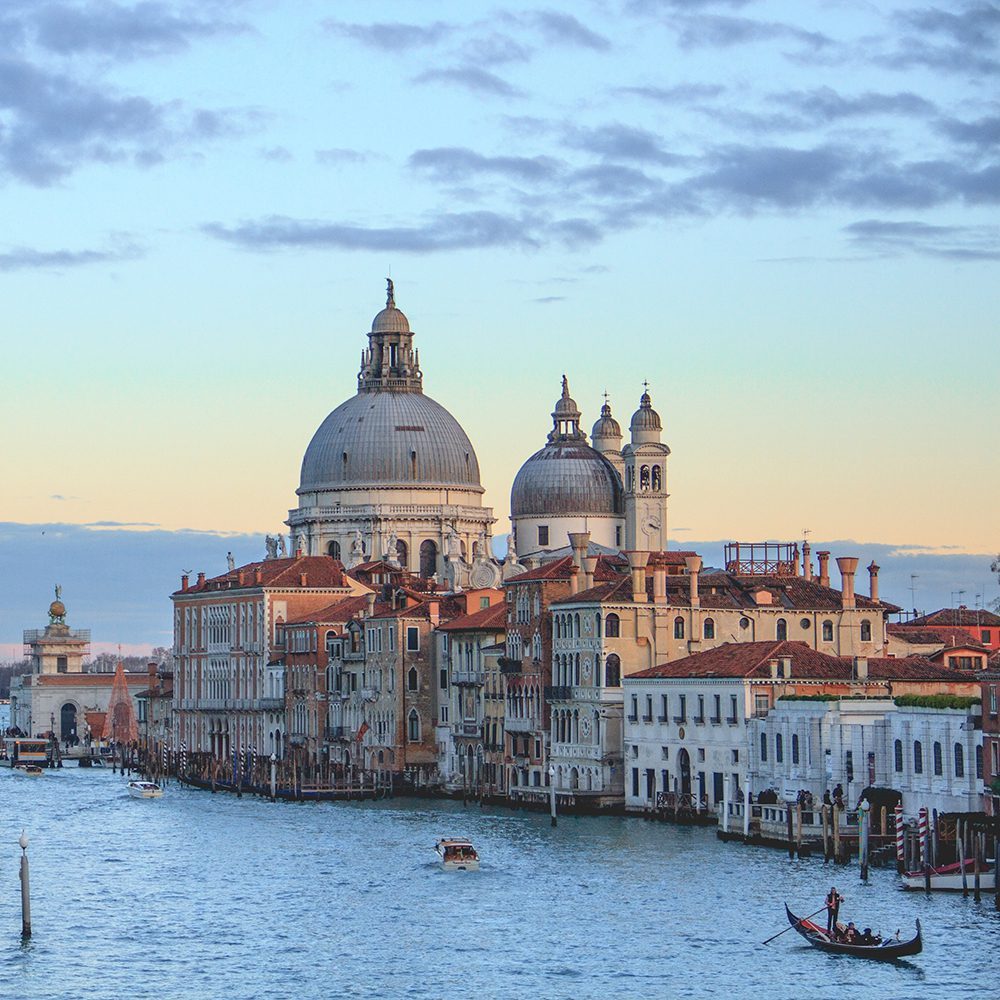
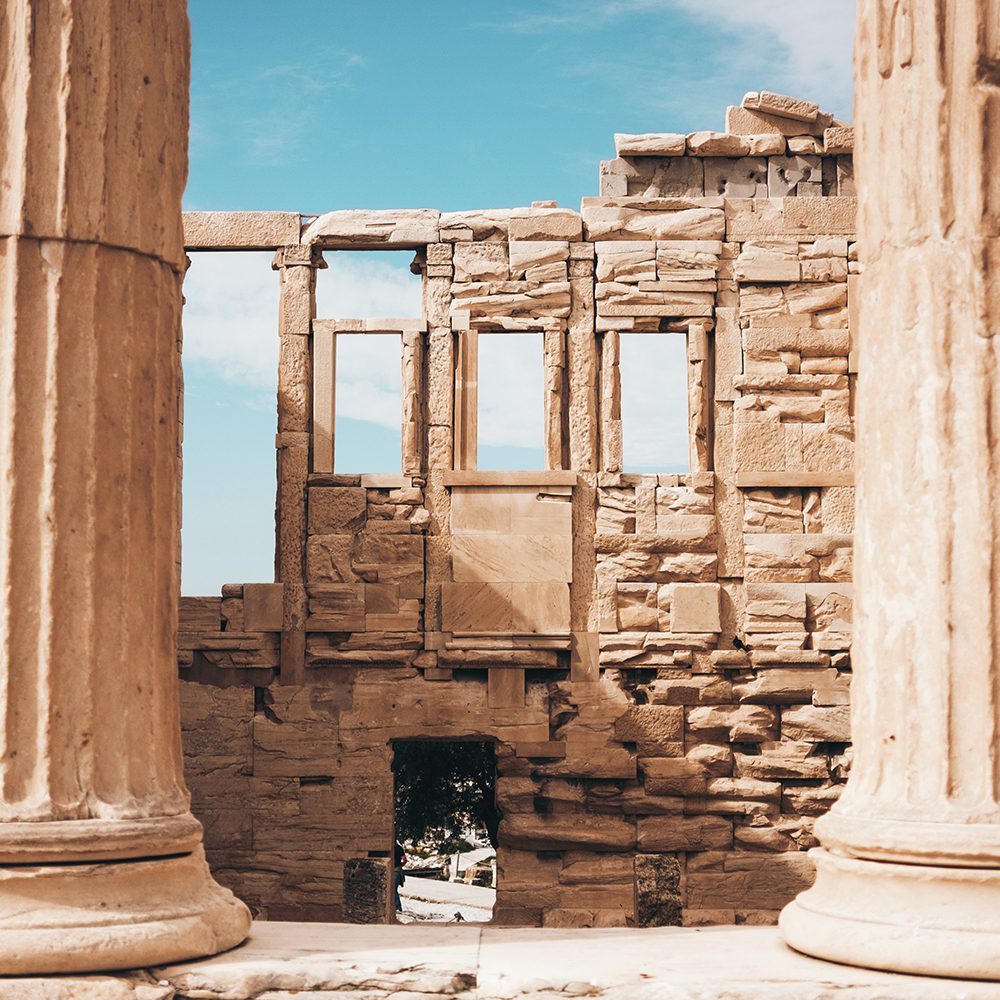
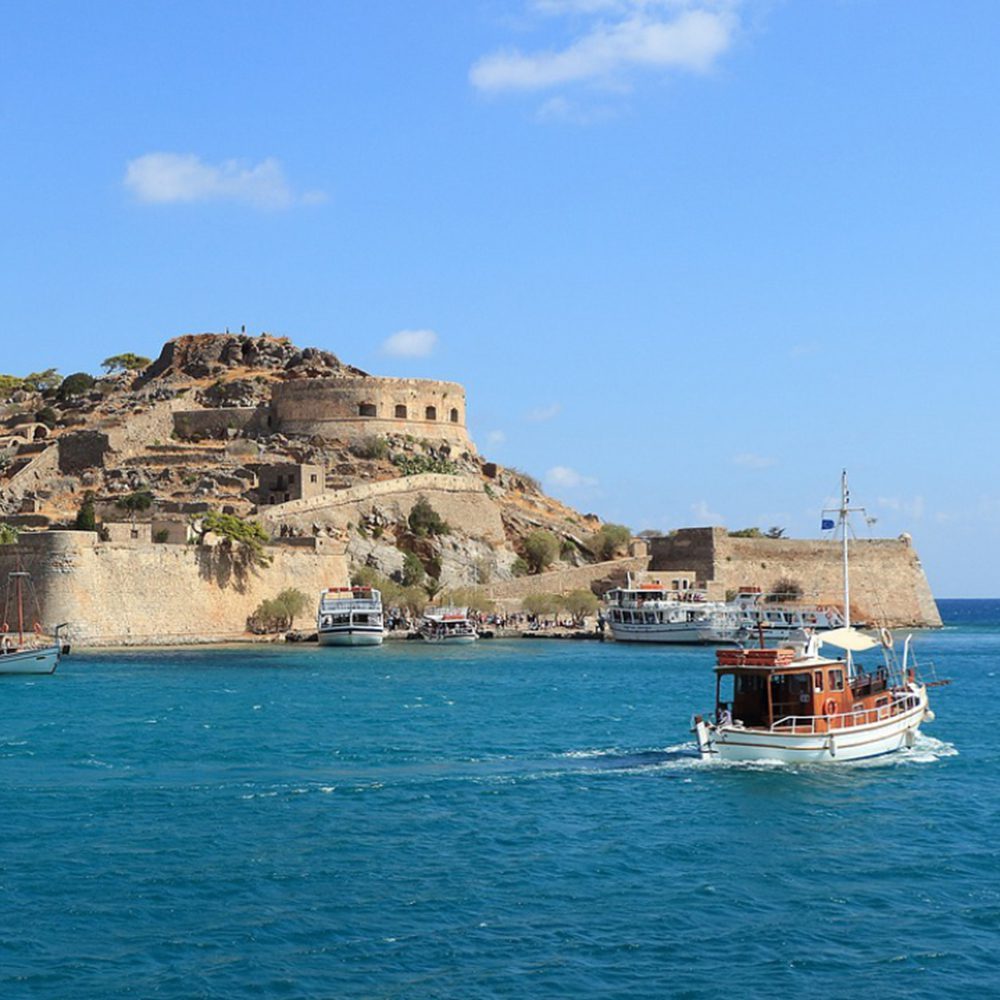
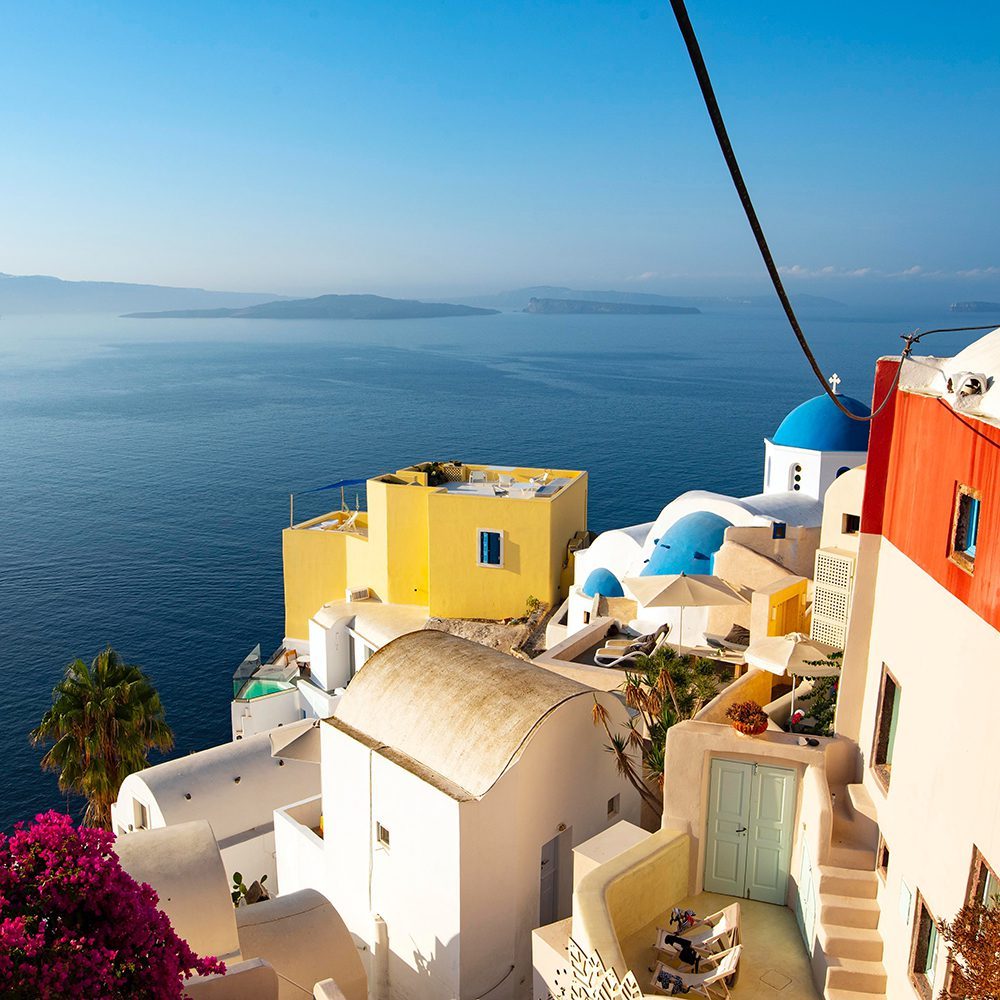
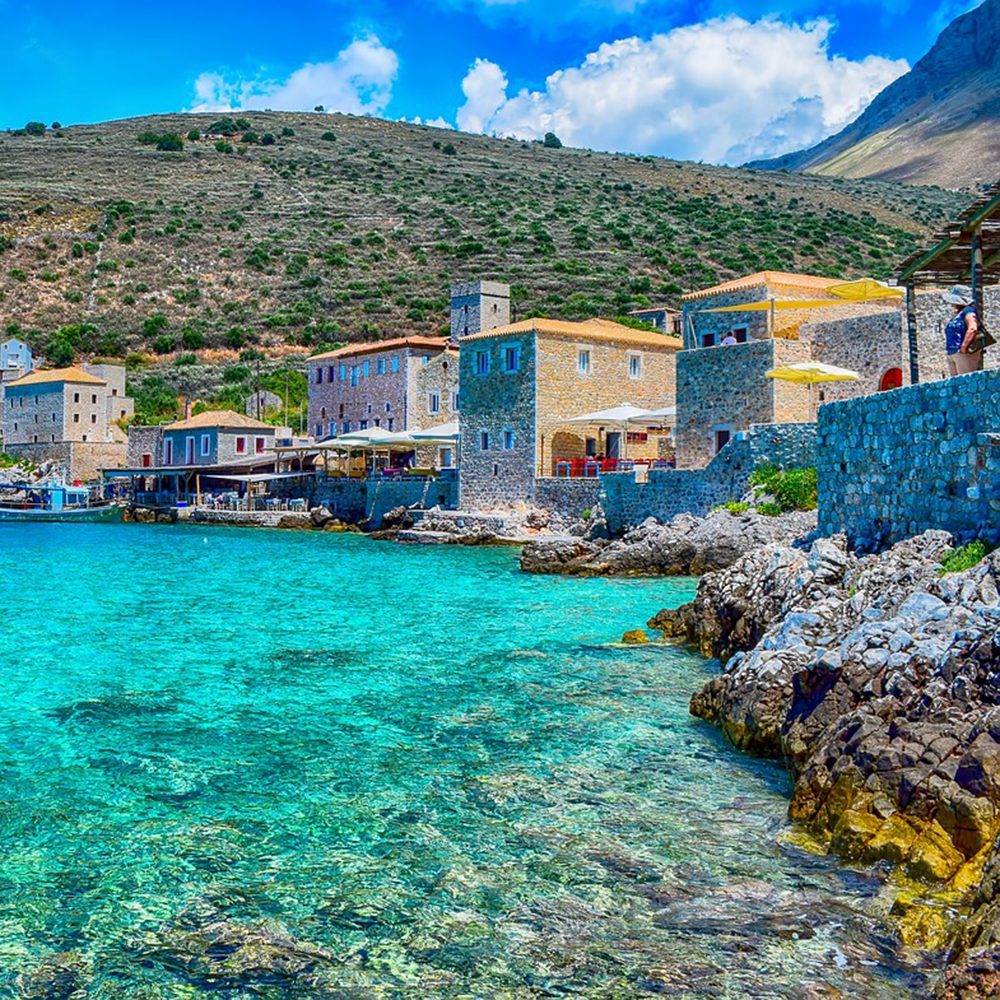
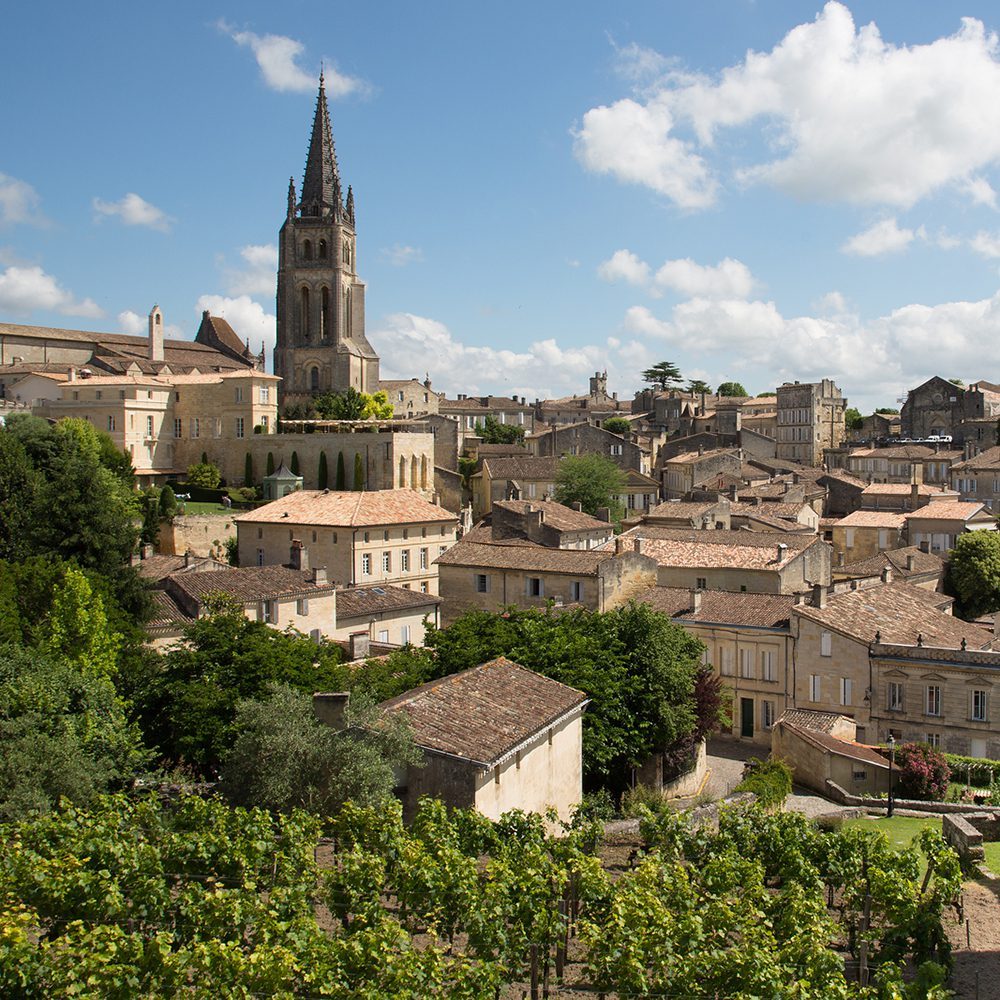
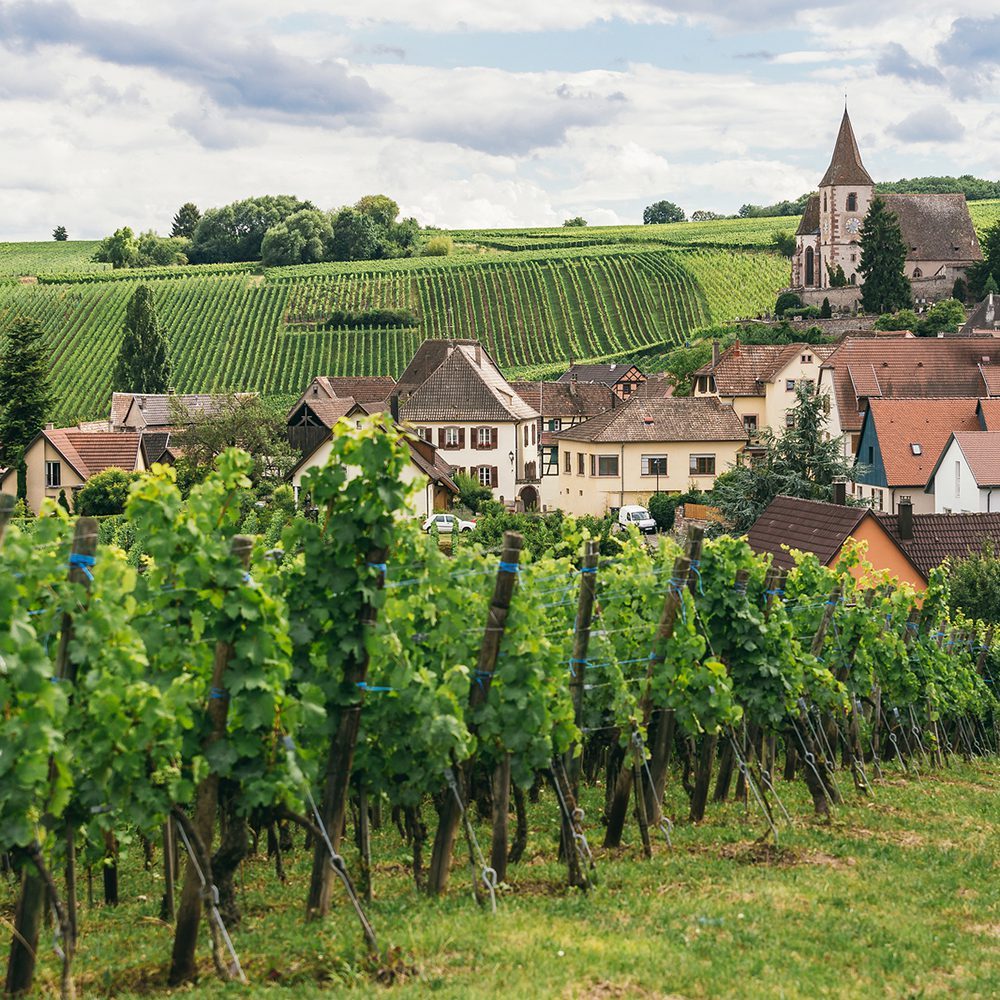
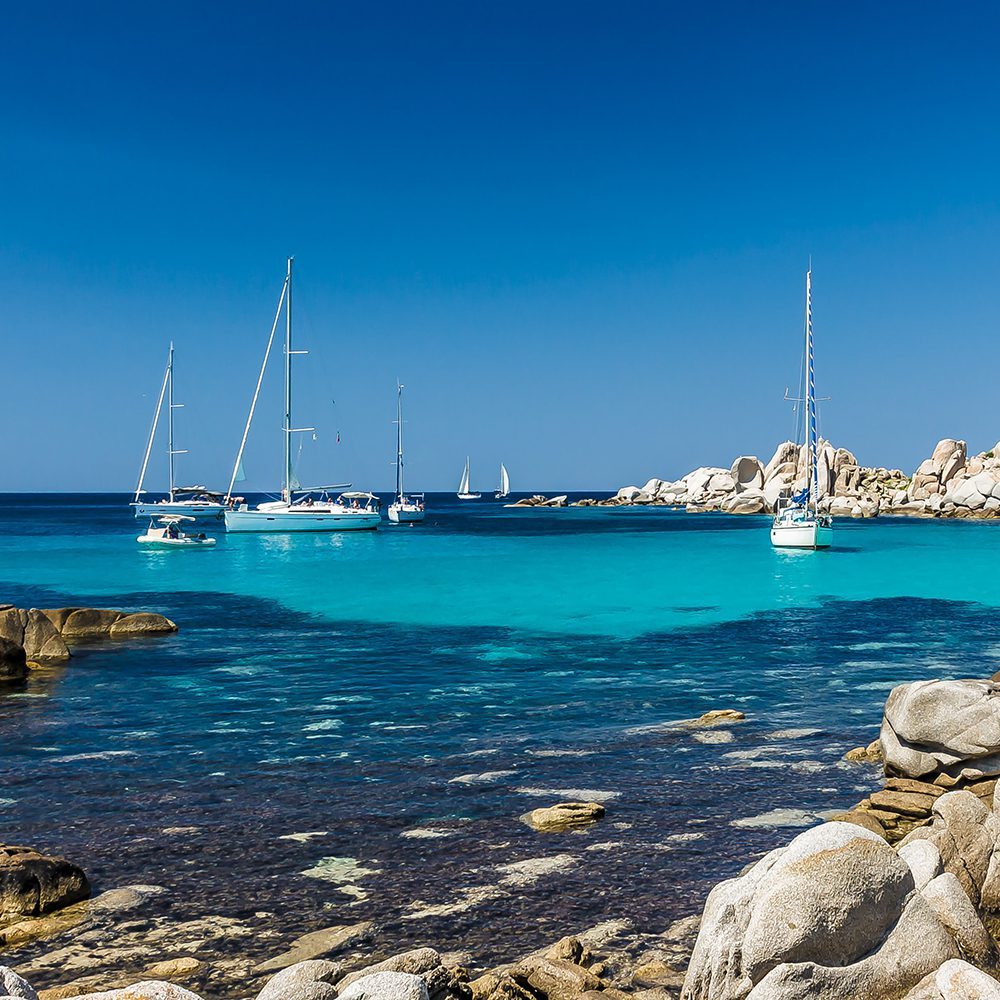
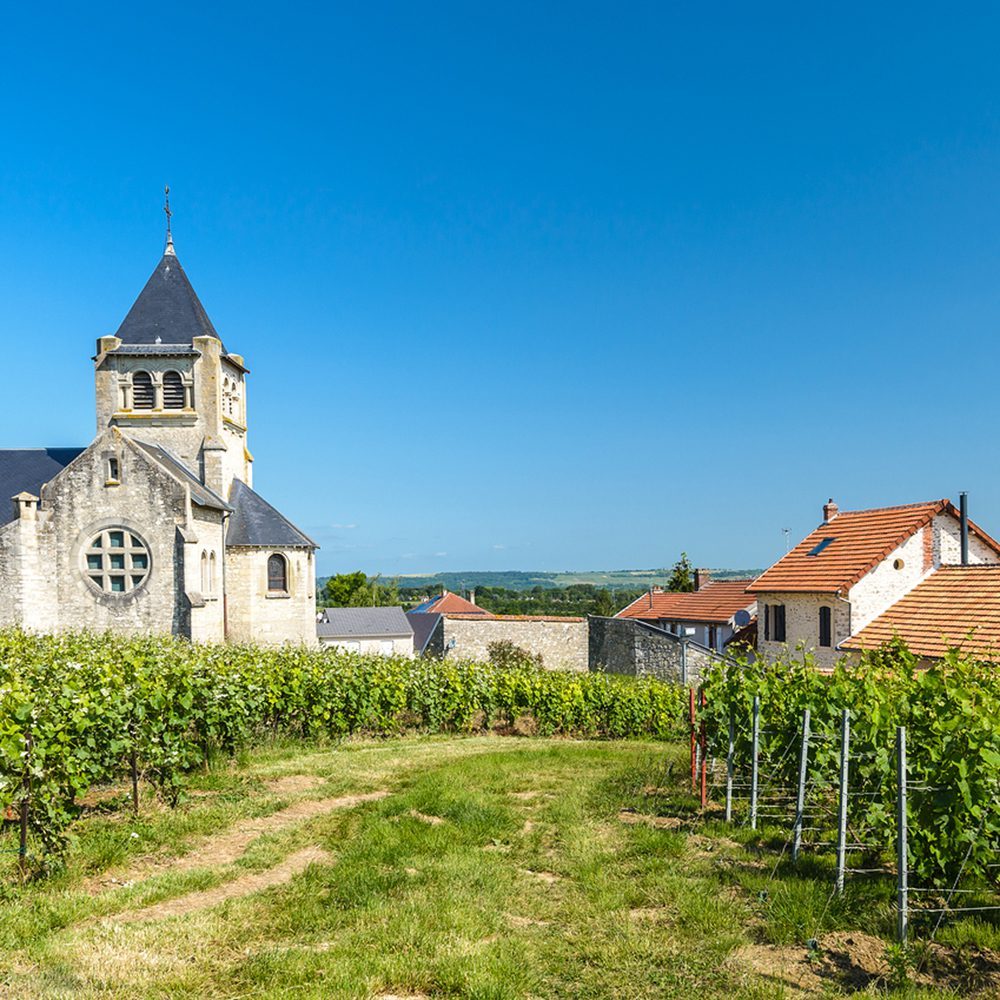
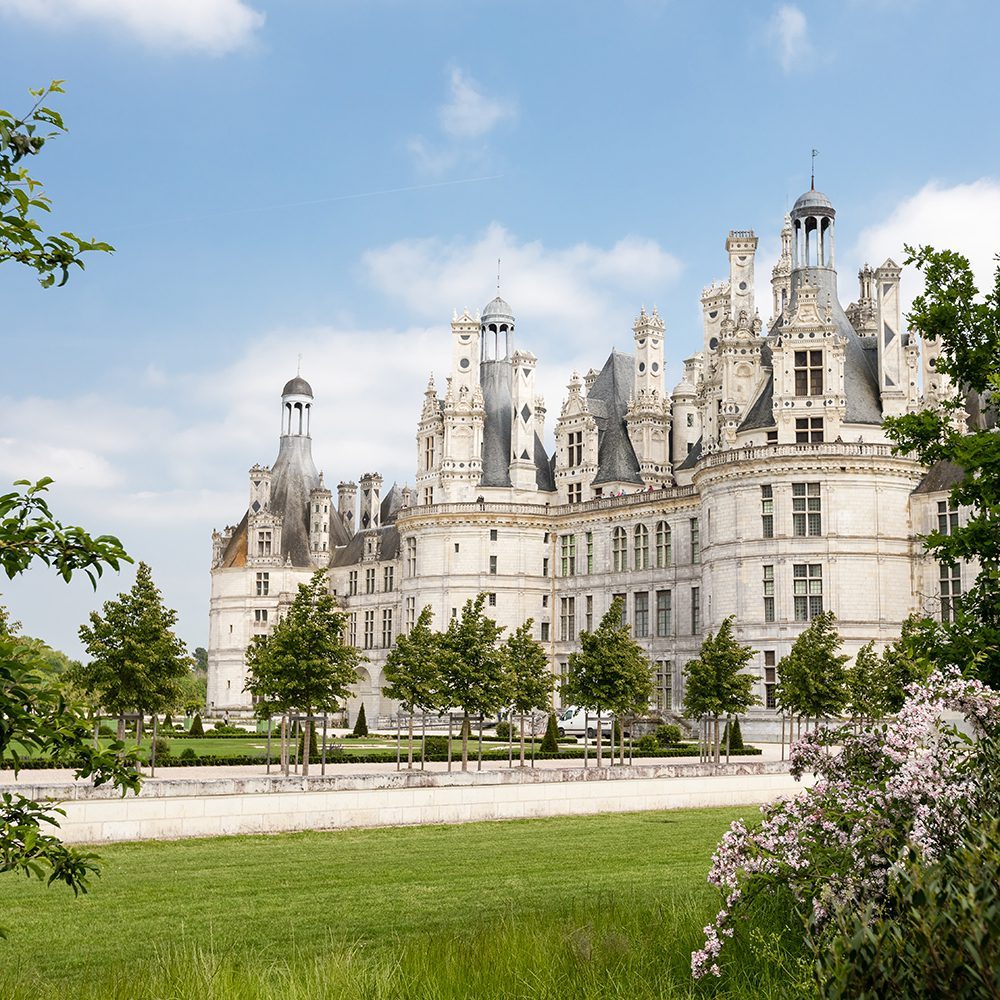
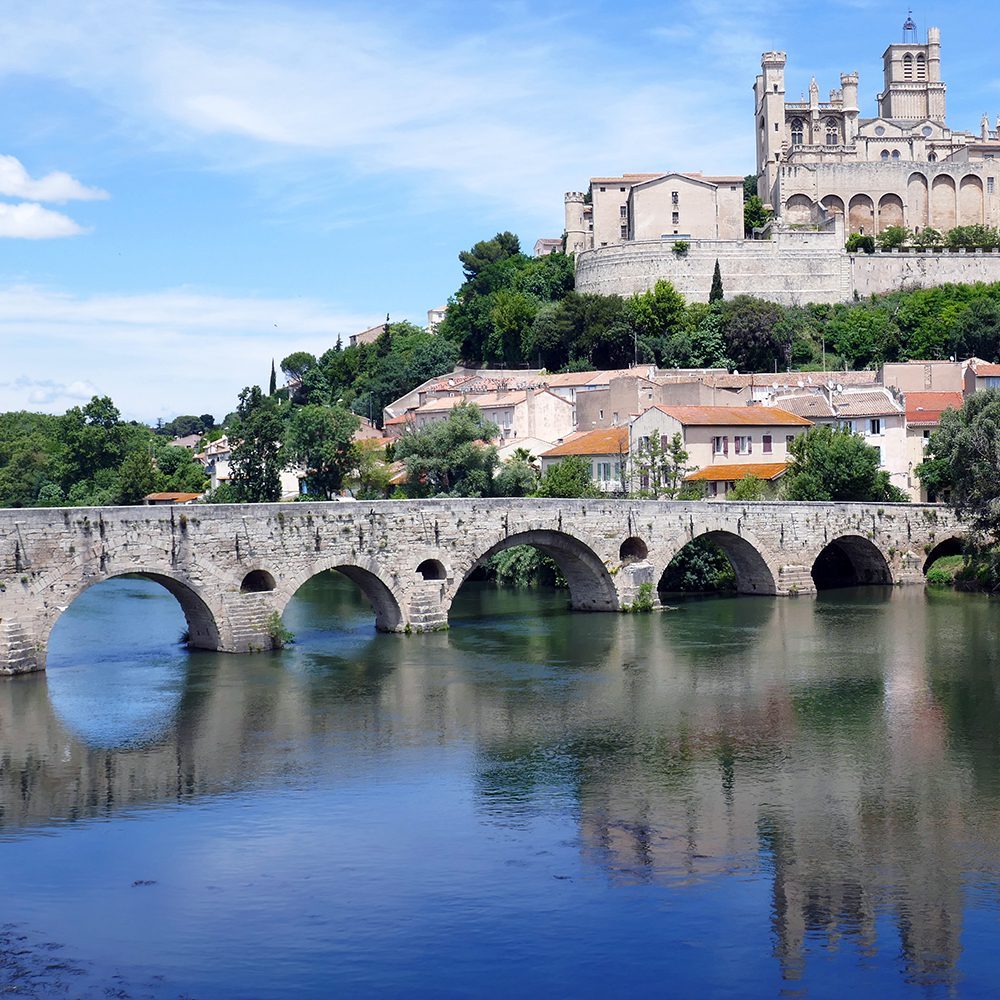
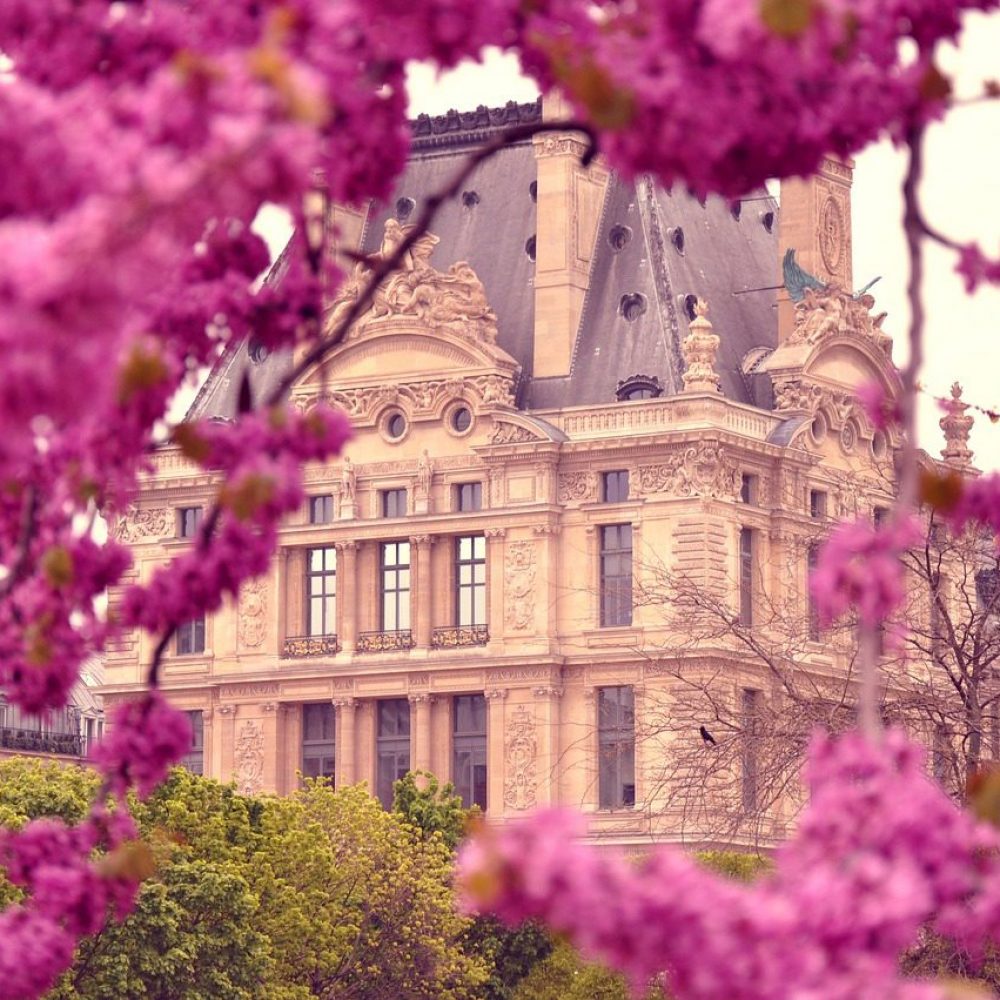
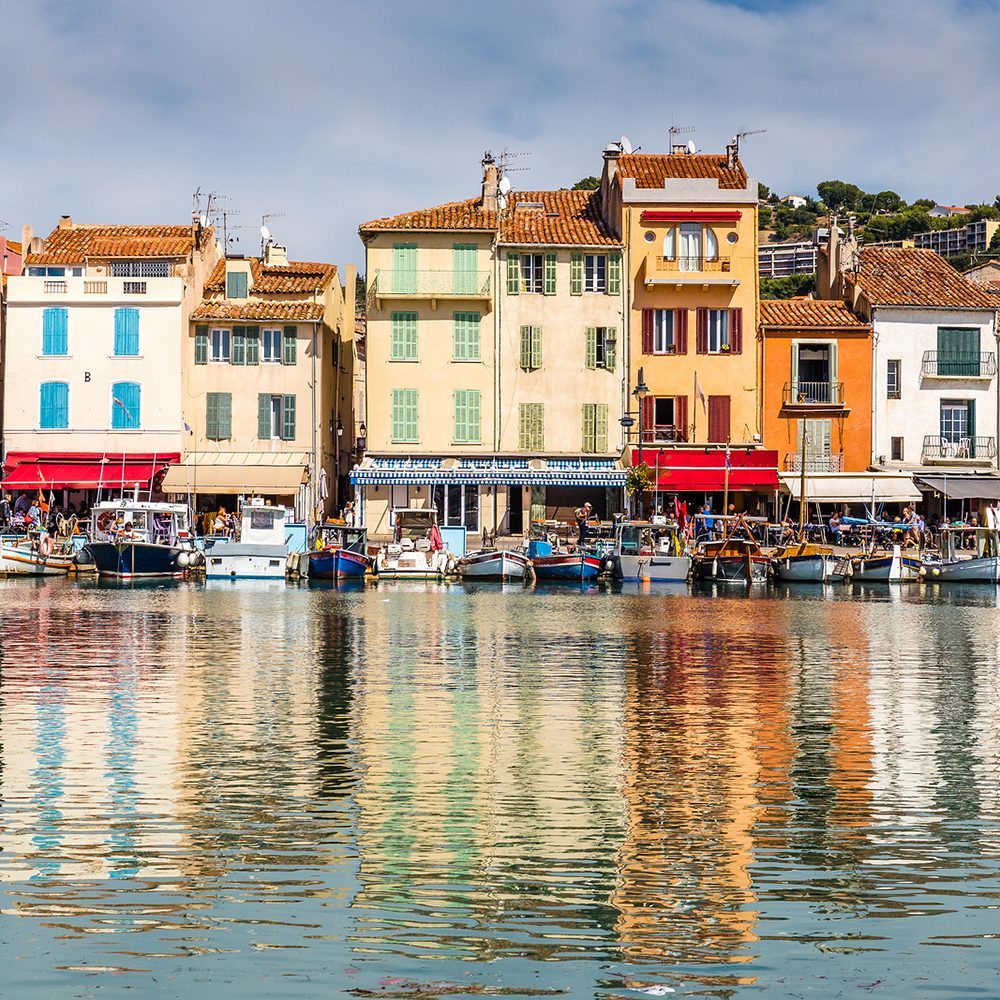
Hello. Loved your take on the Veneto wines. Have family in Brenzone and have visited often (I live in Connecticut, U.S.) I find the northern Italian reds a nice change from Cal. Cabs and Merlots. It’s nice to hear someone who appreciates these wines, since for so many years they’ve been not taken seriously in the U.S. Thanks for the great review..One last thing, Although I love the lake, it is a bit maddening dealing with the constant mist, knowing the views you are missing!